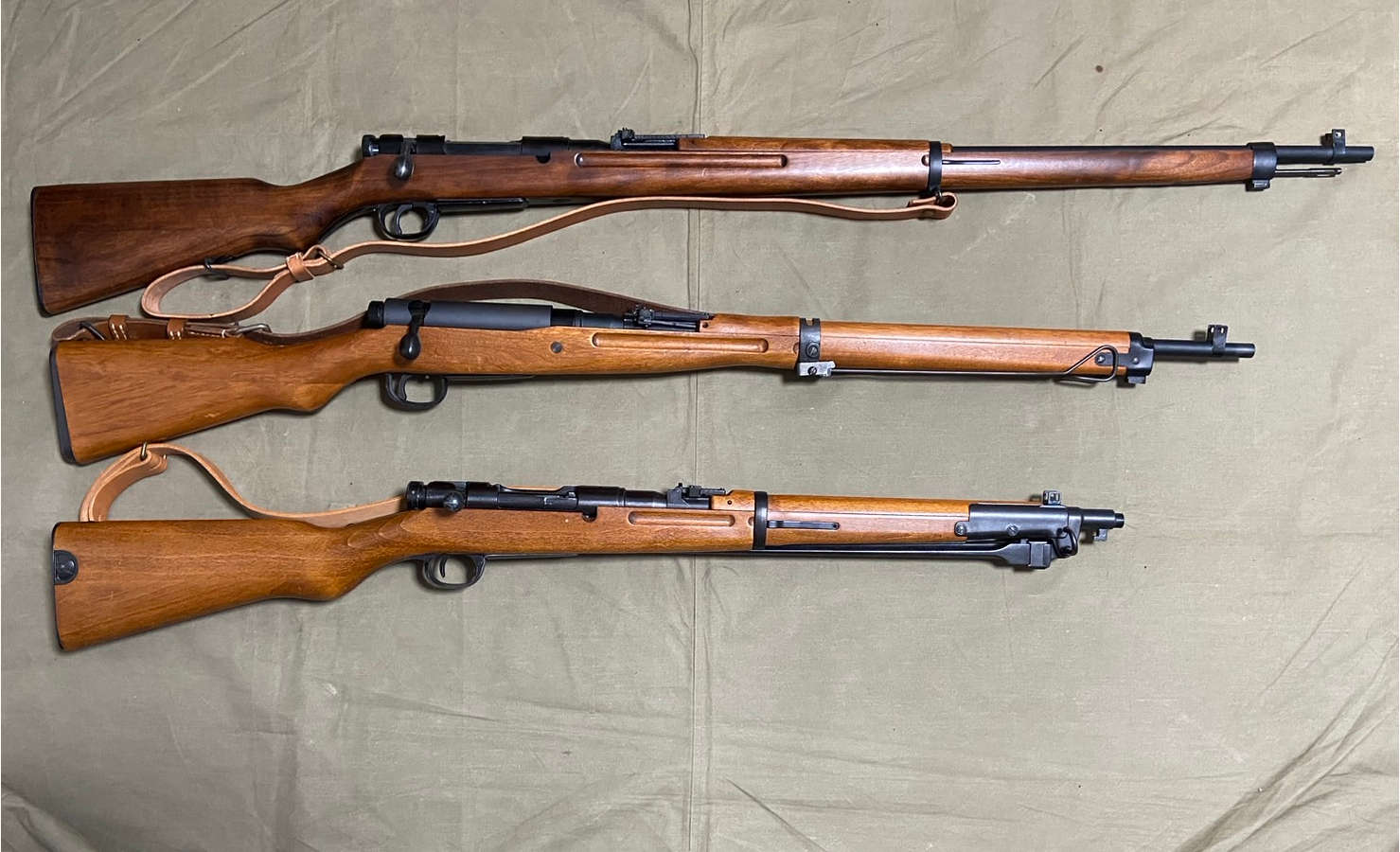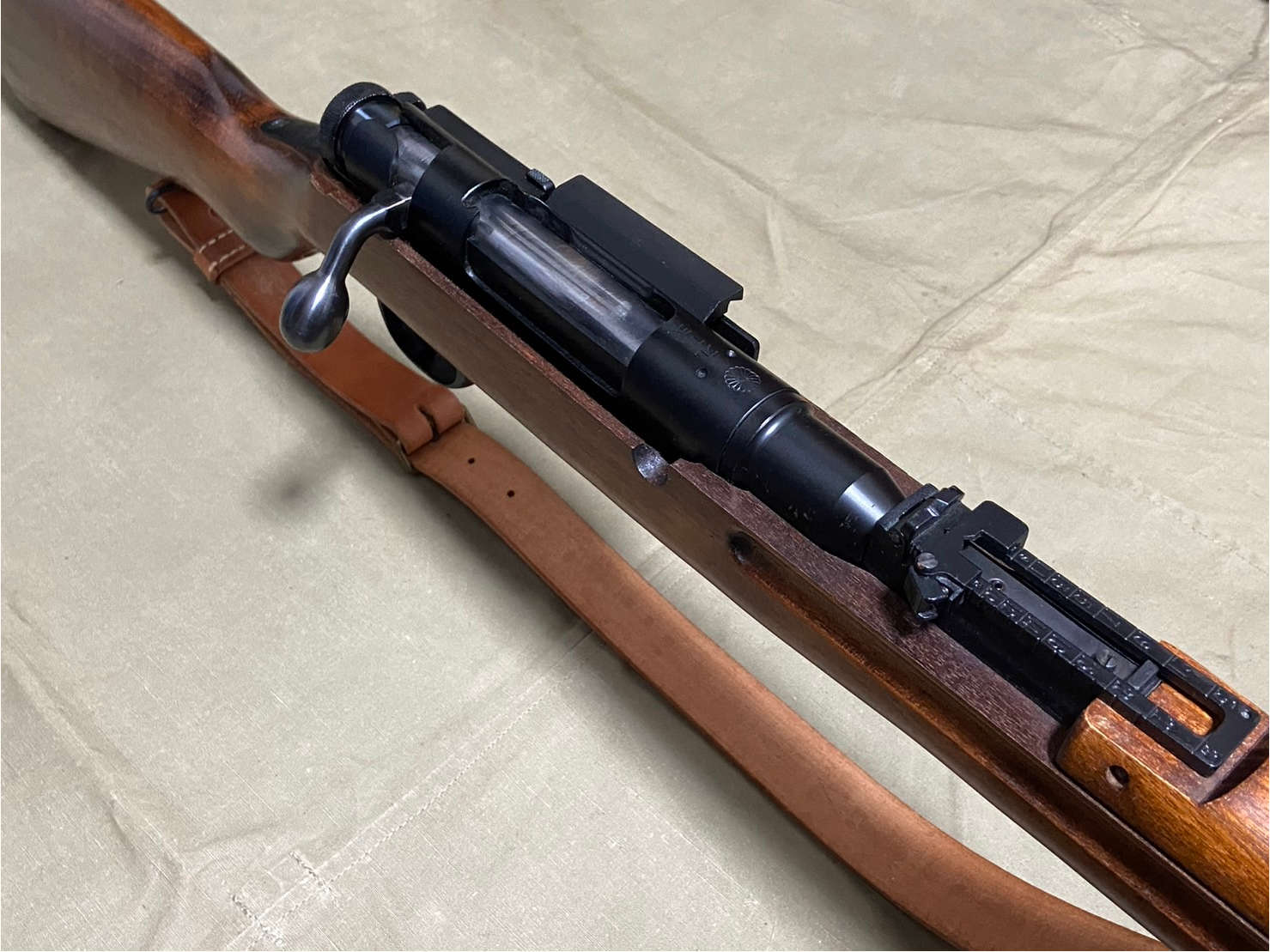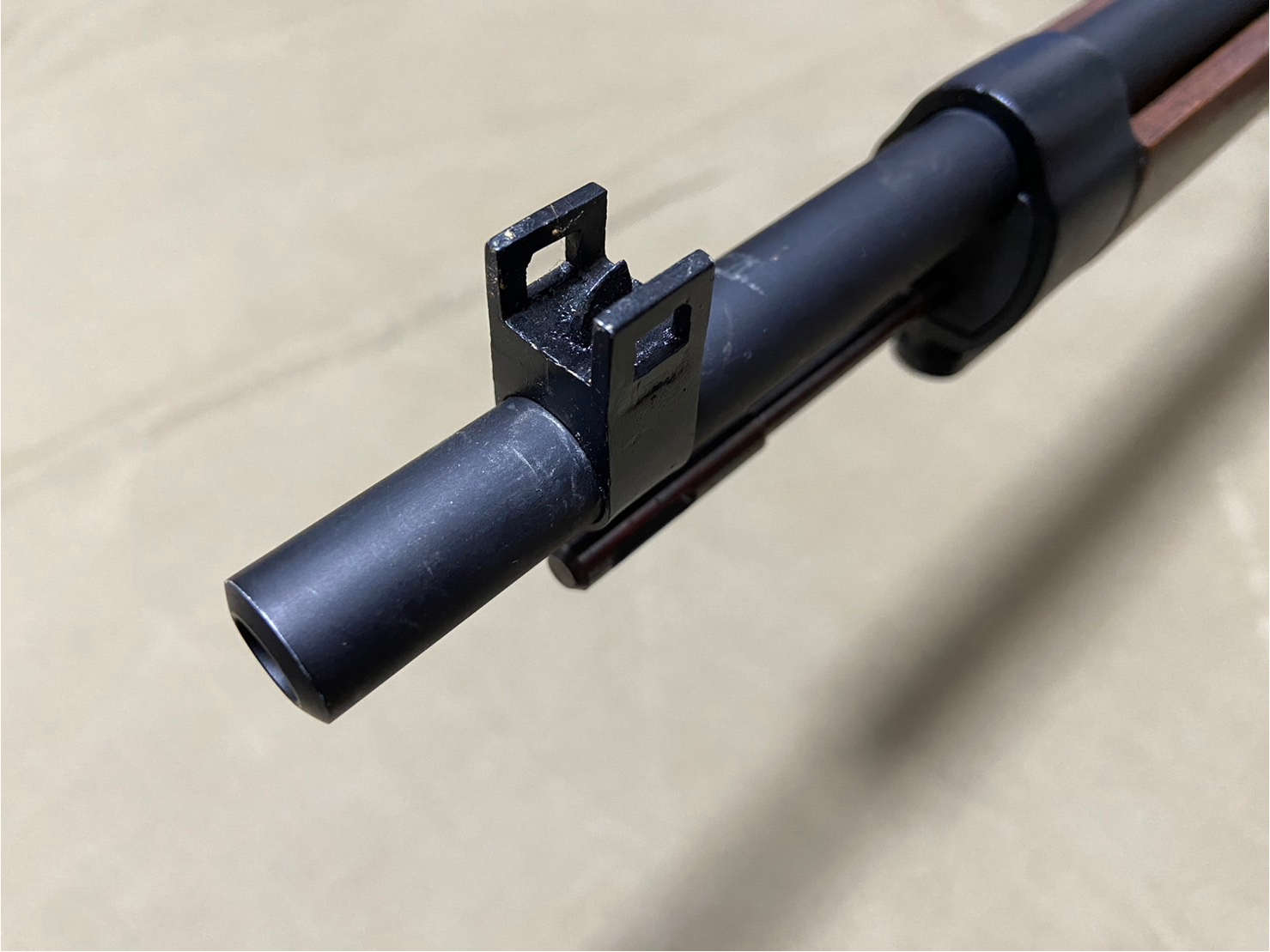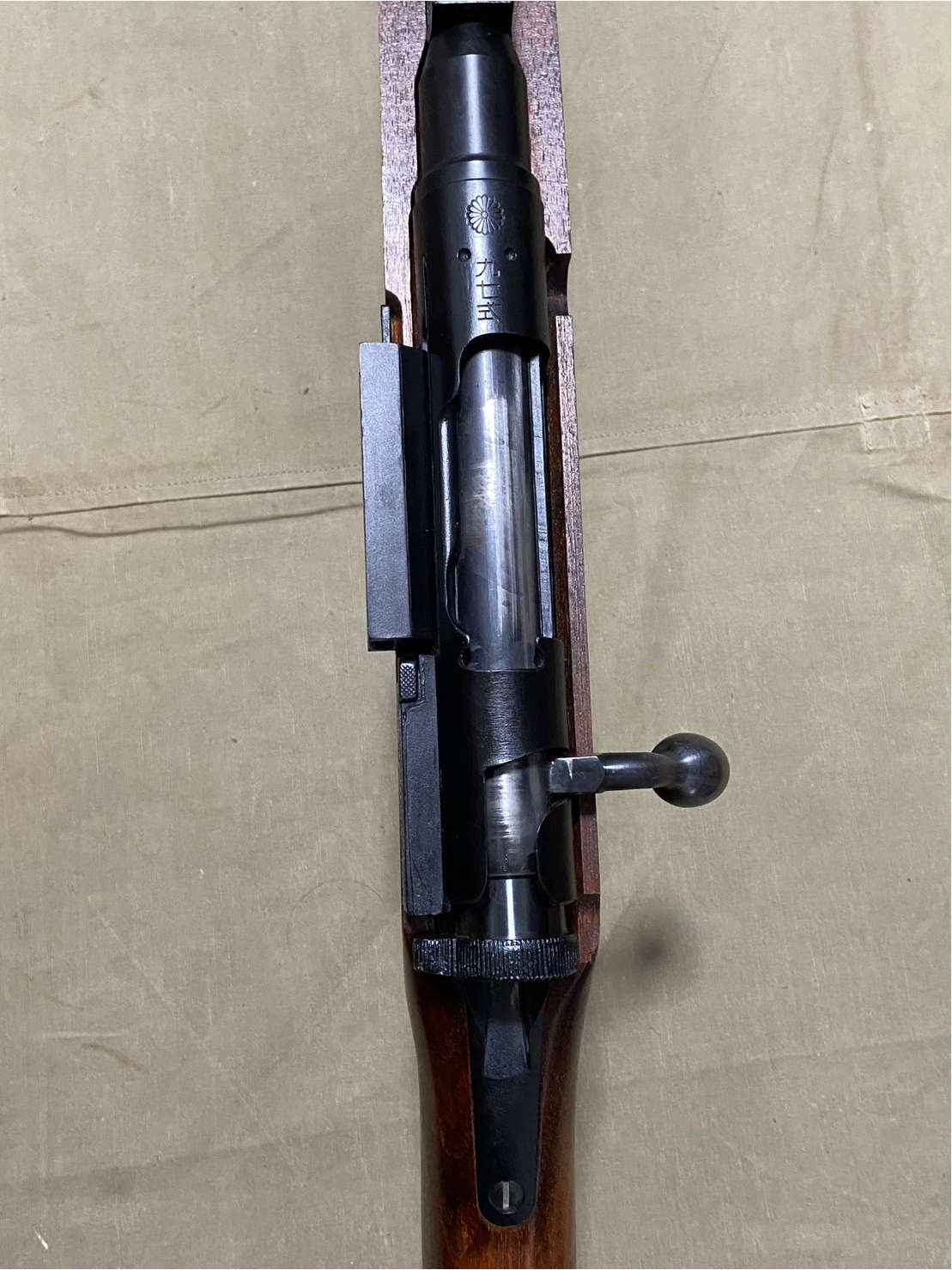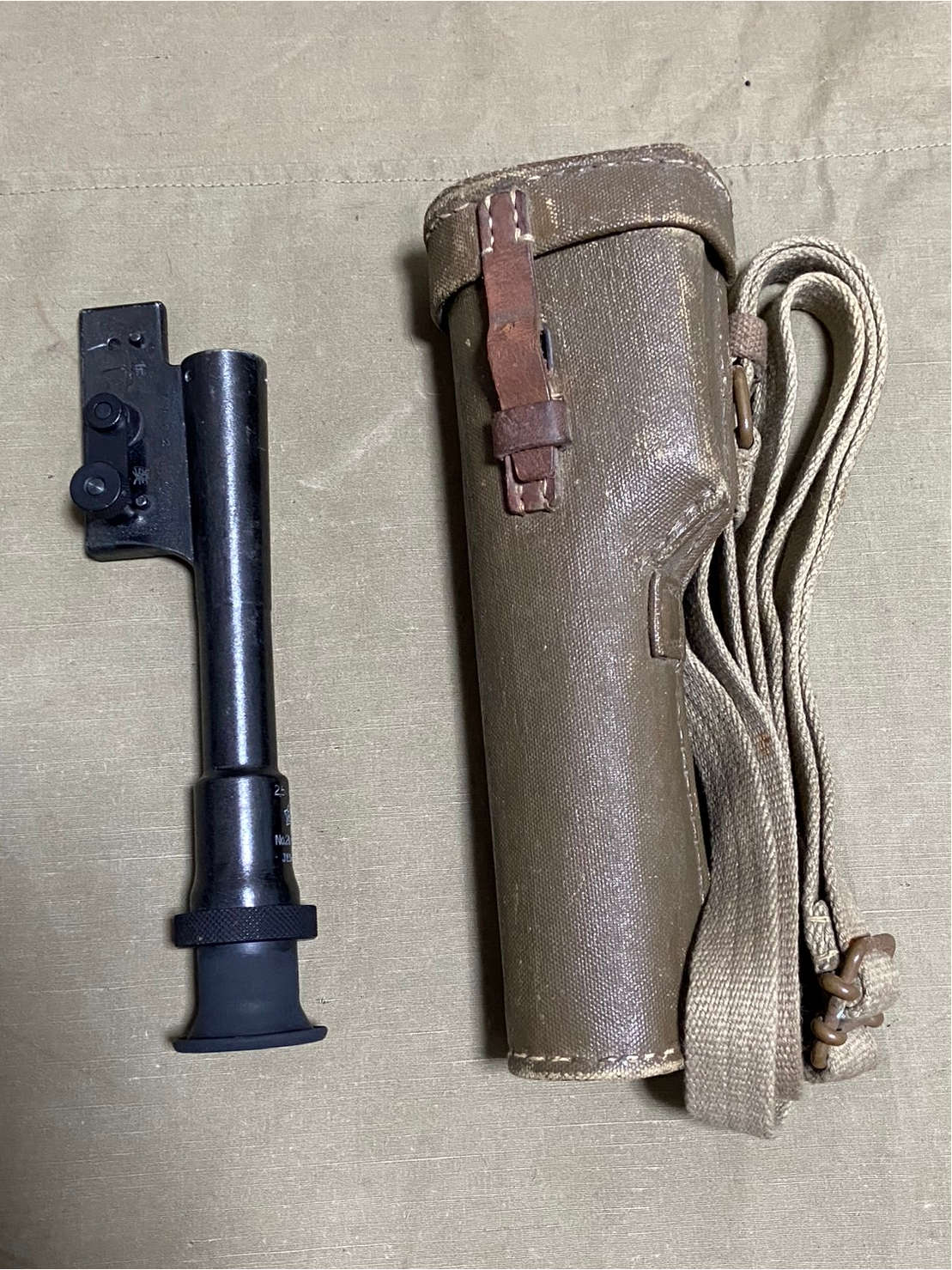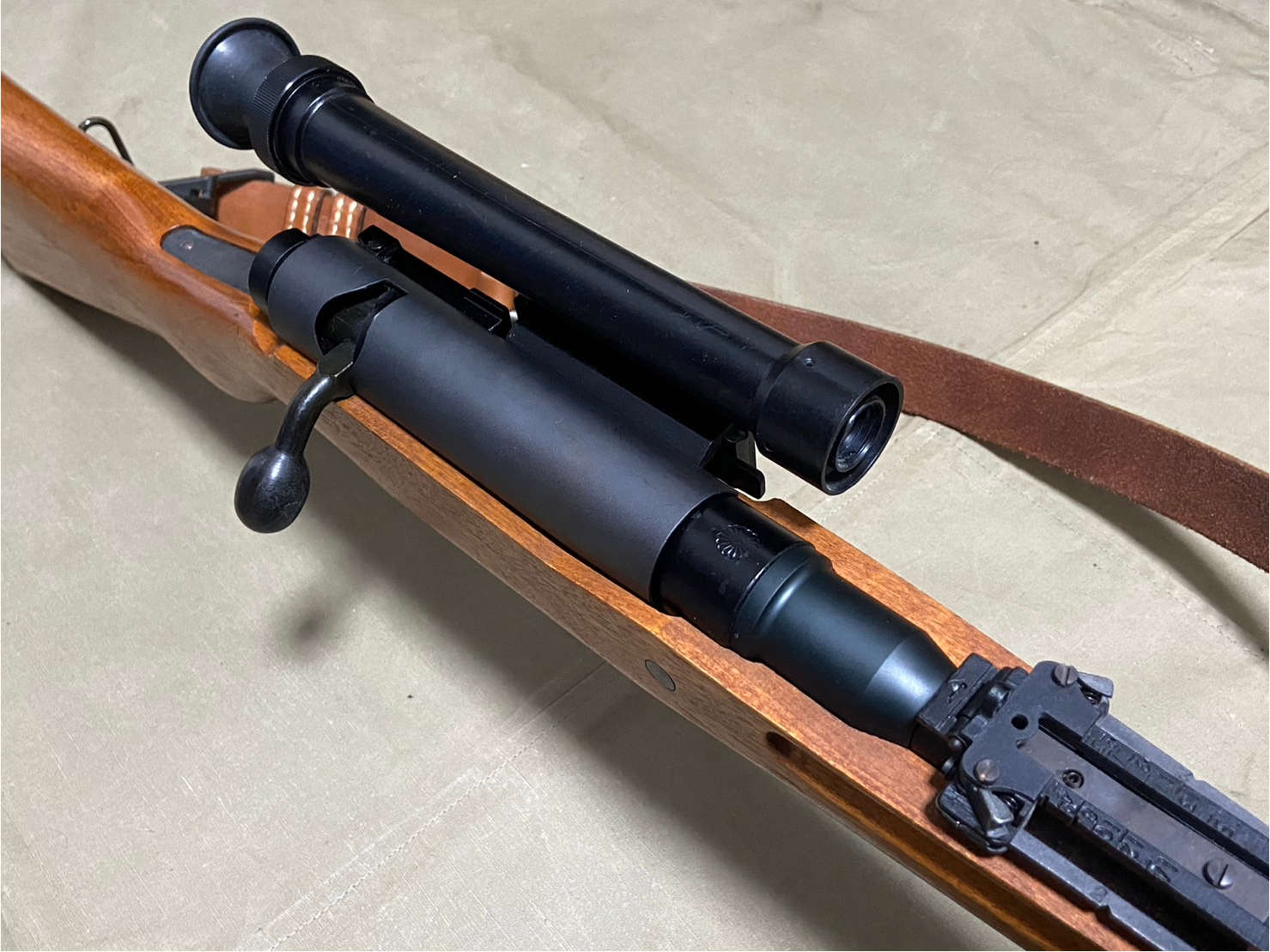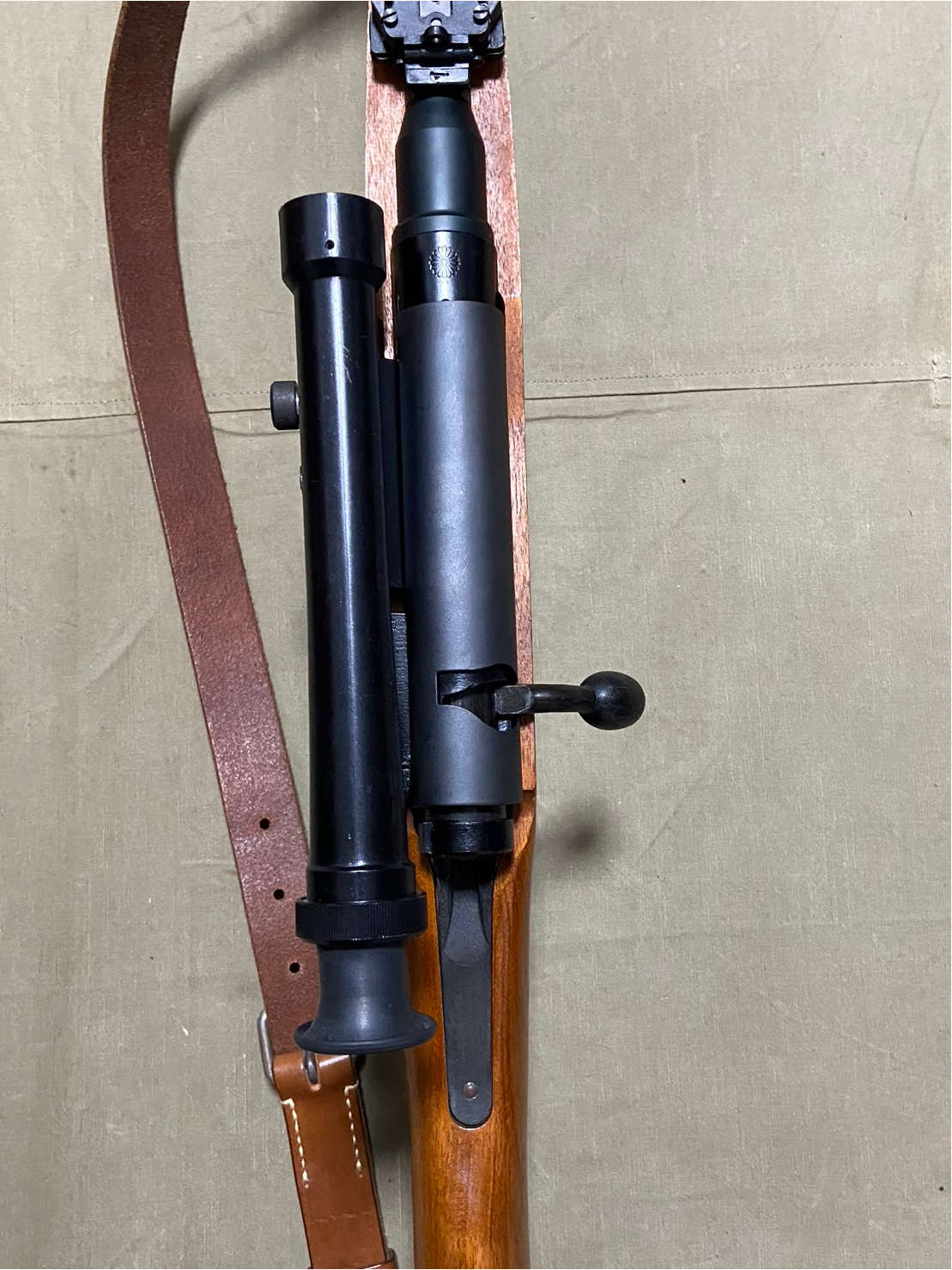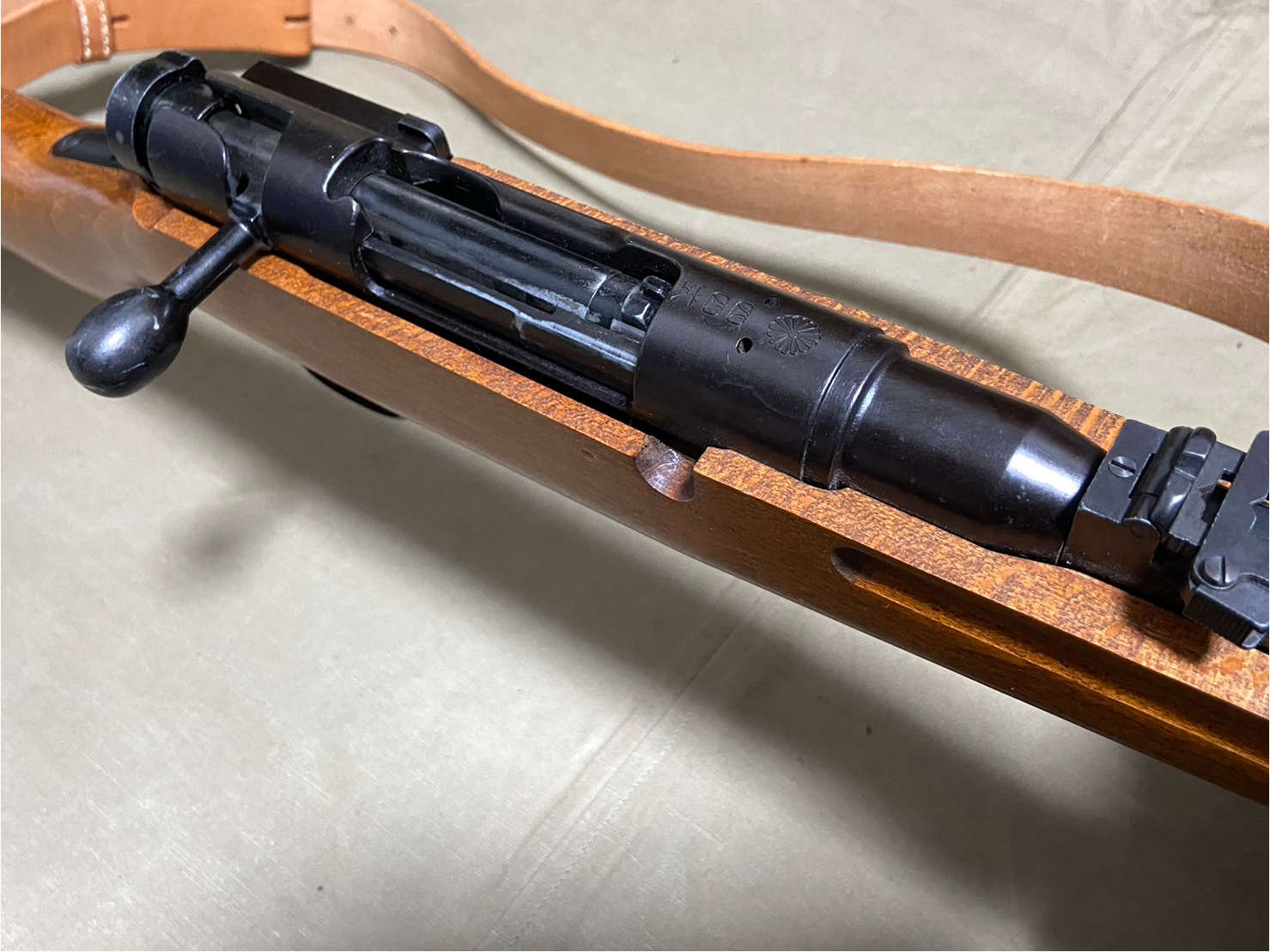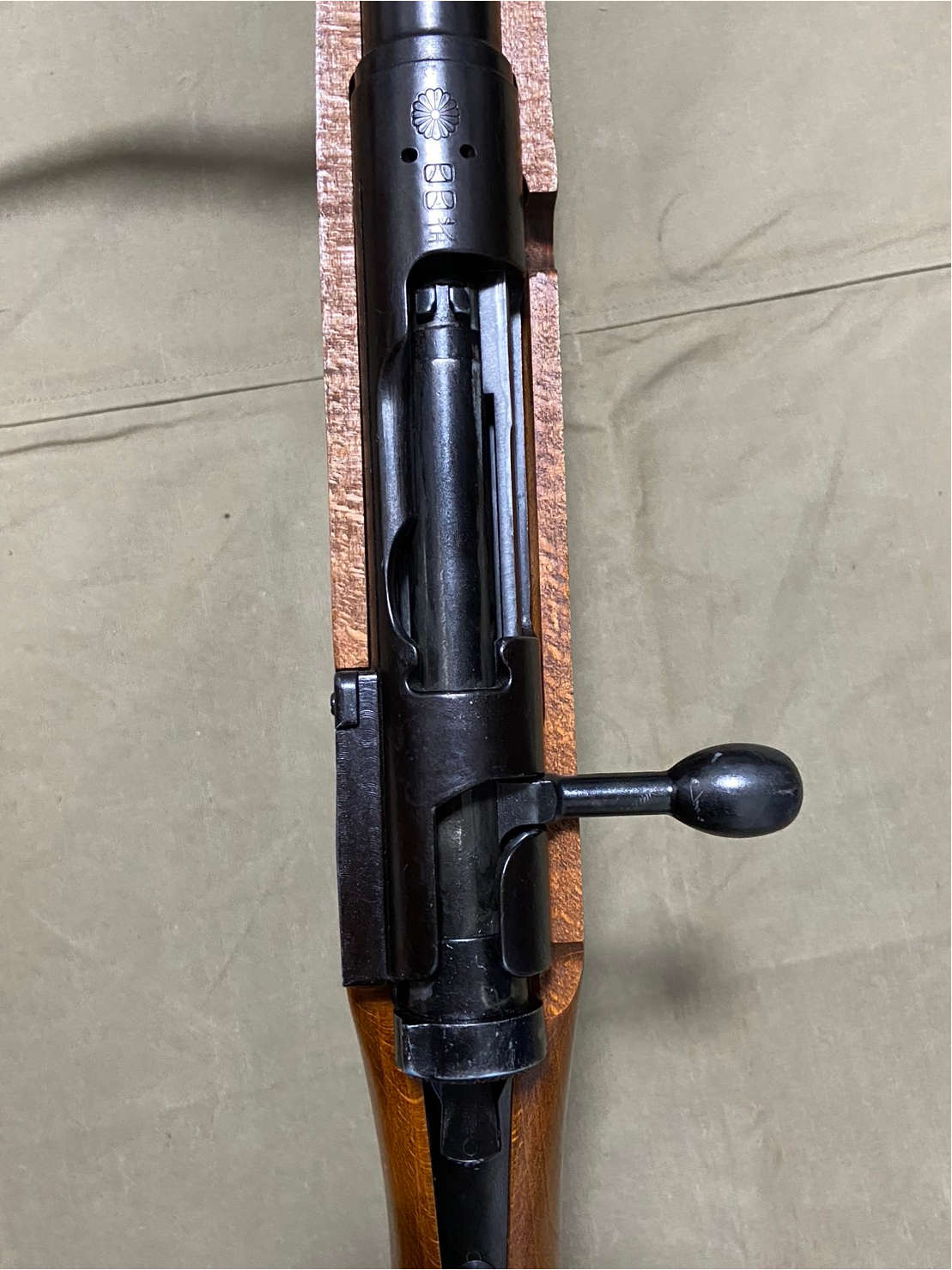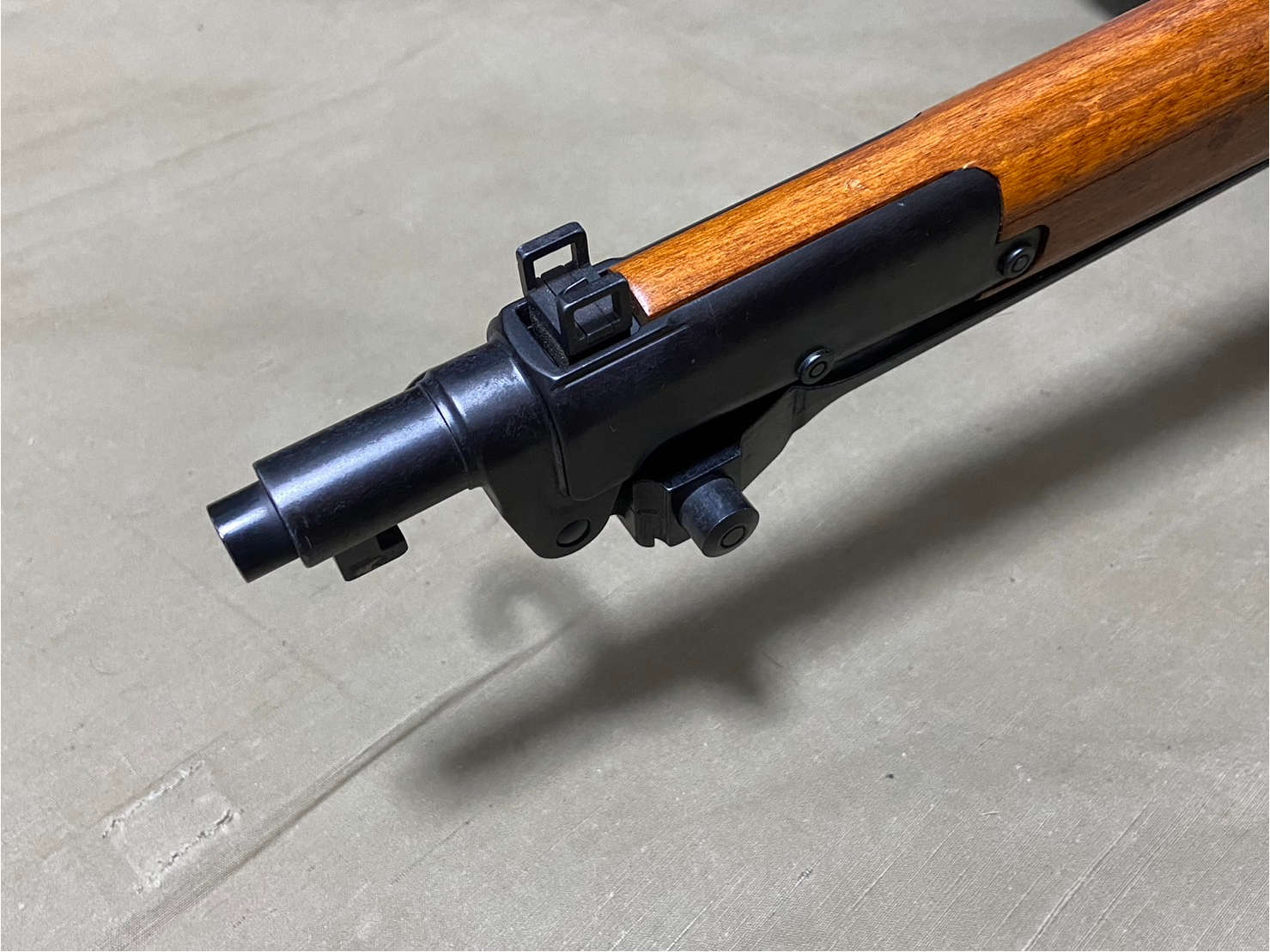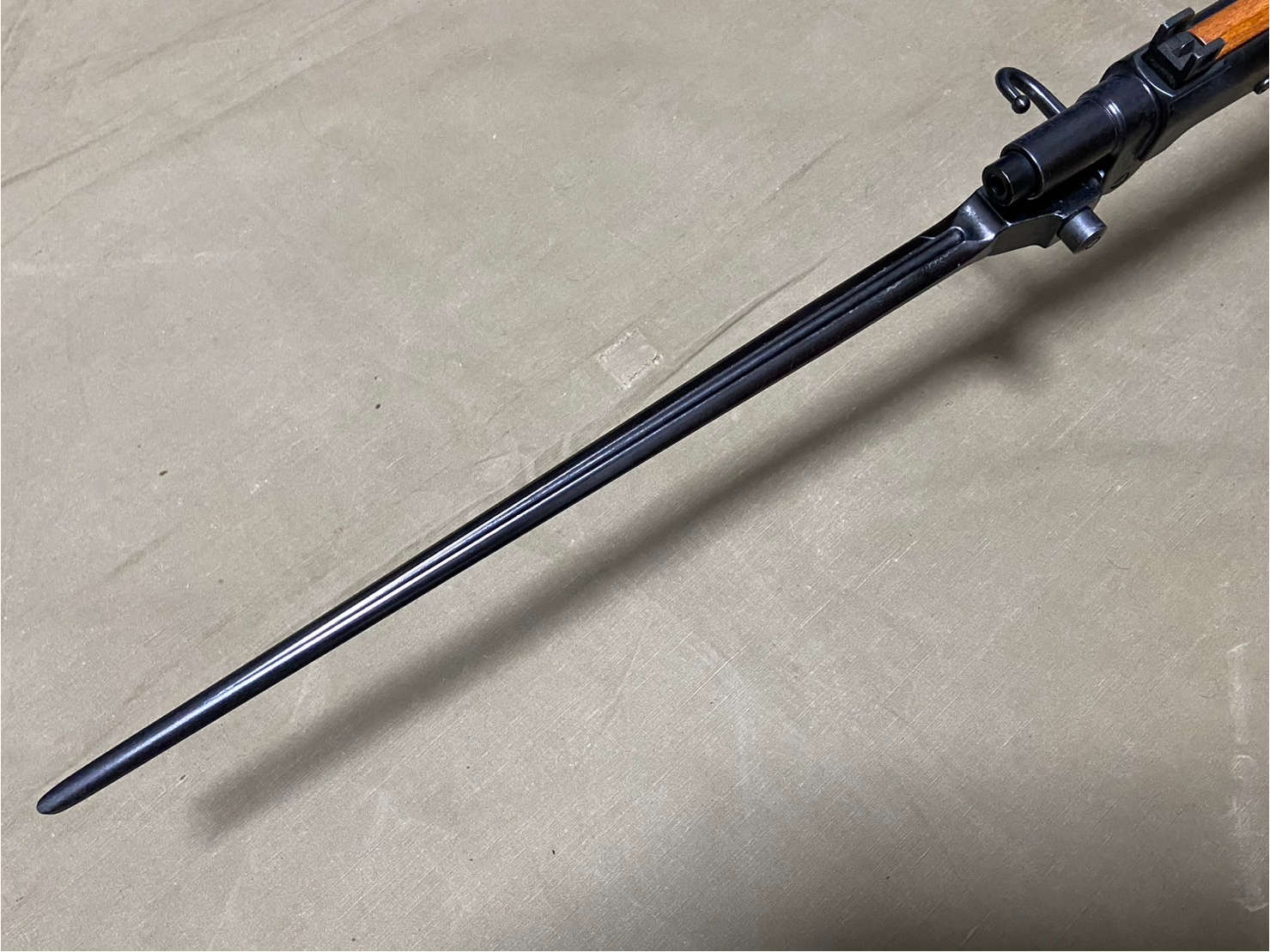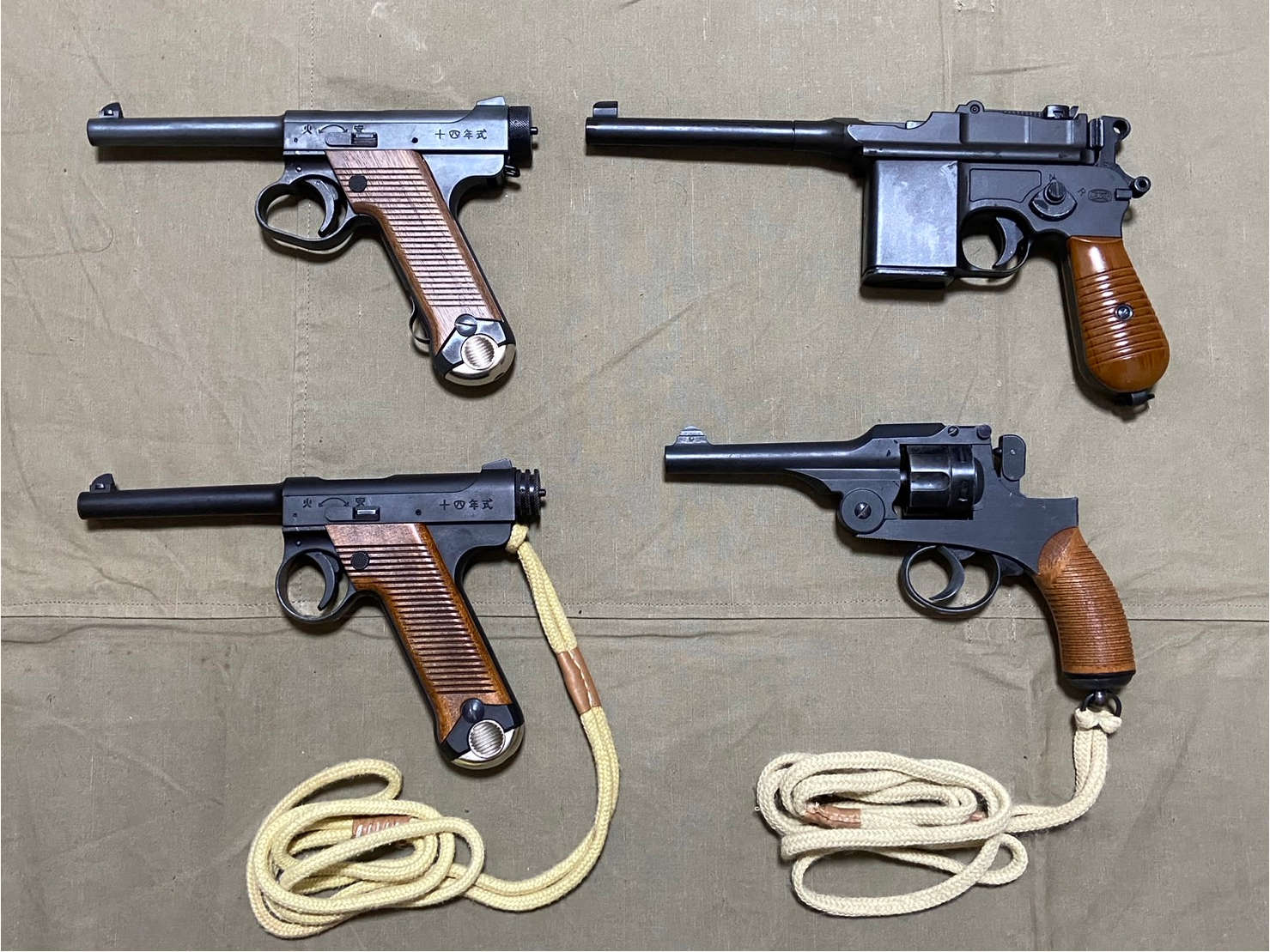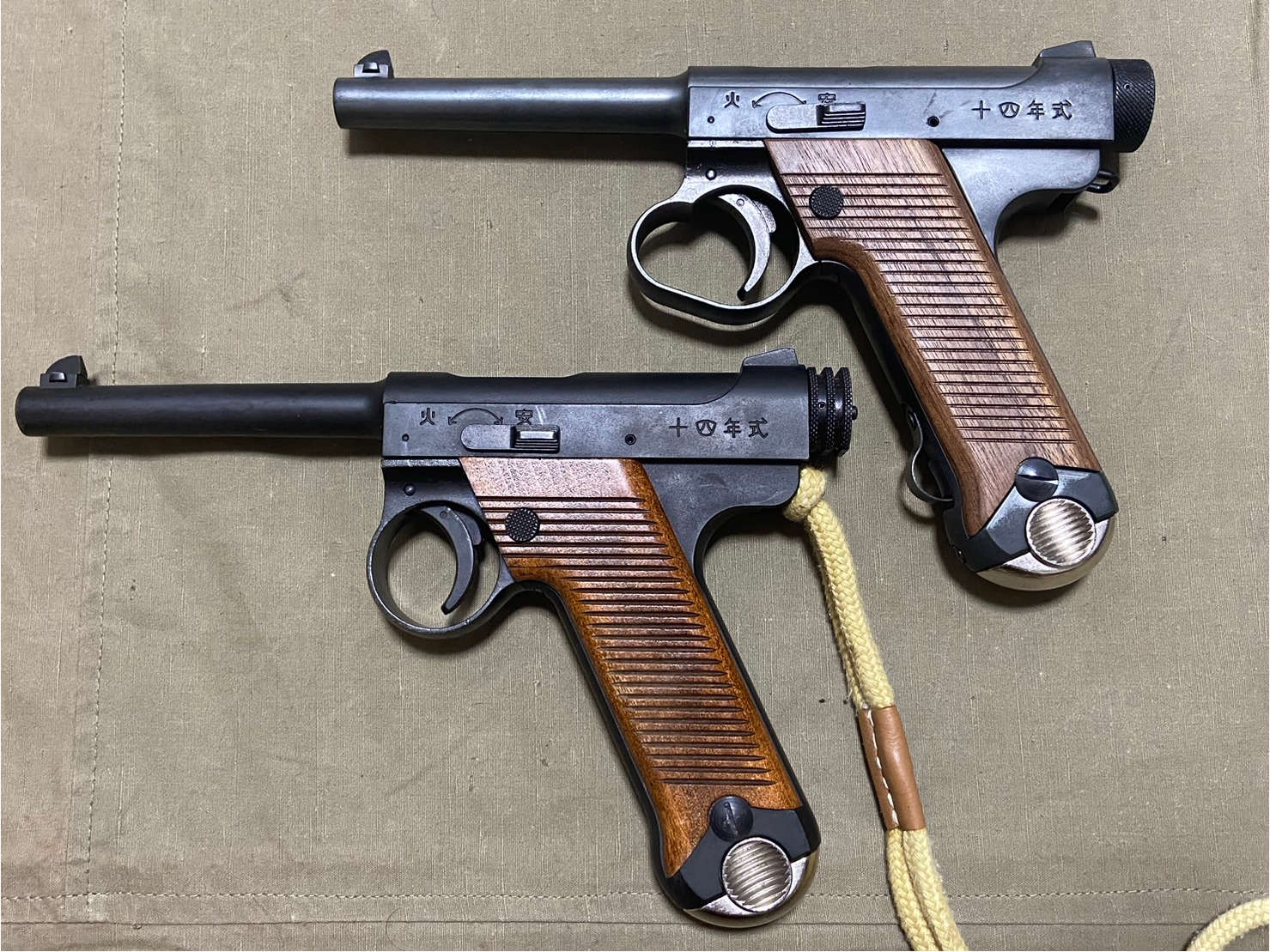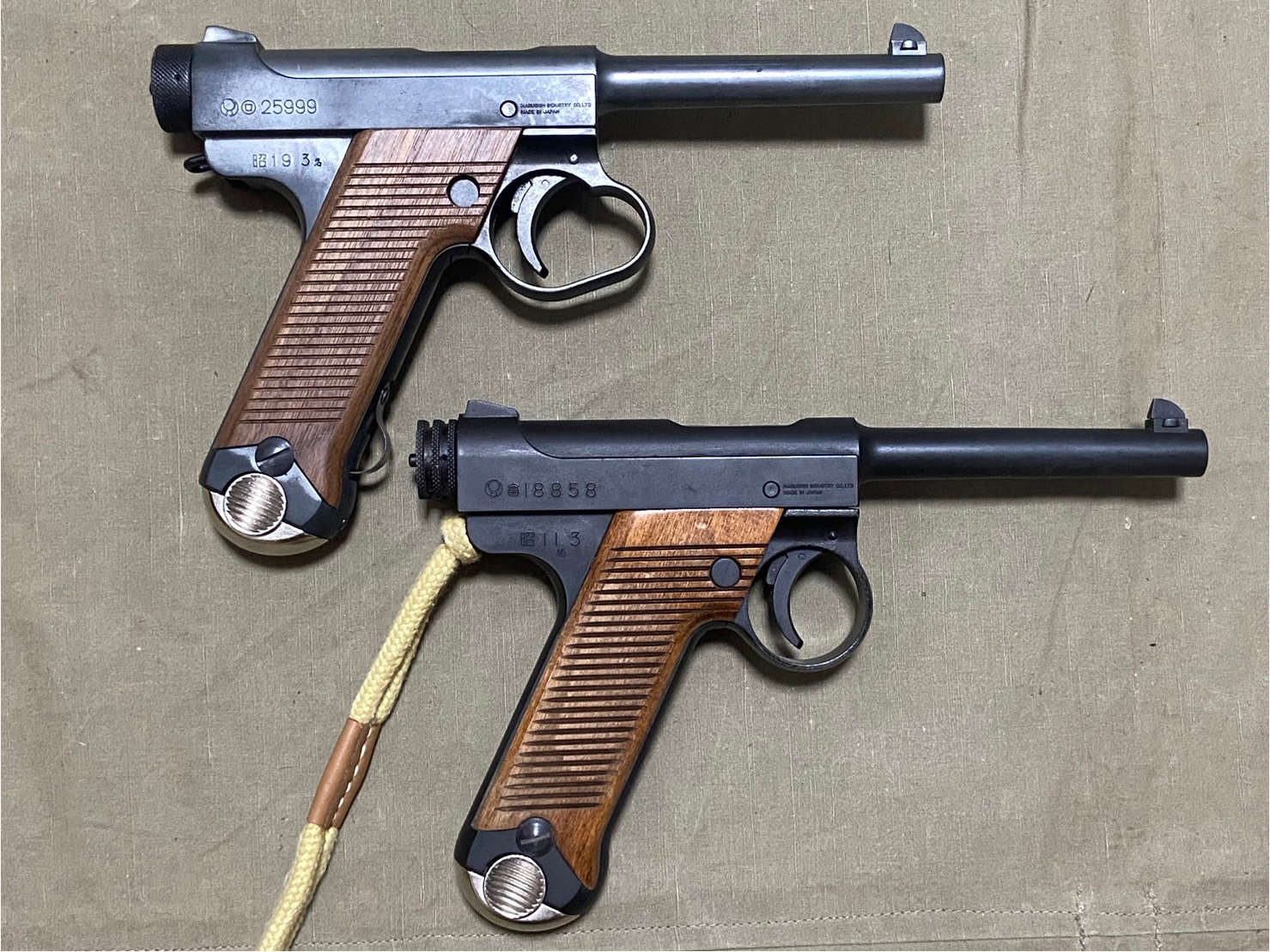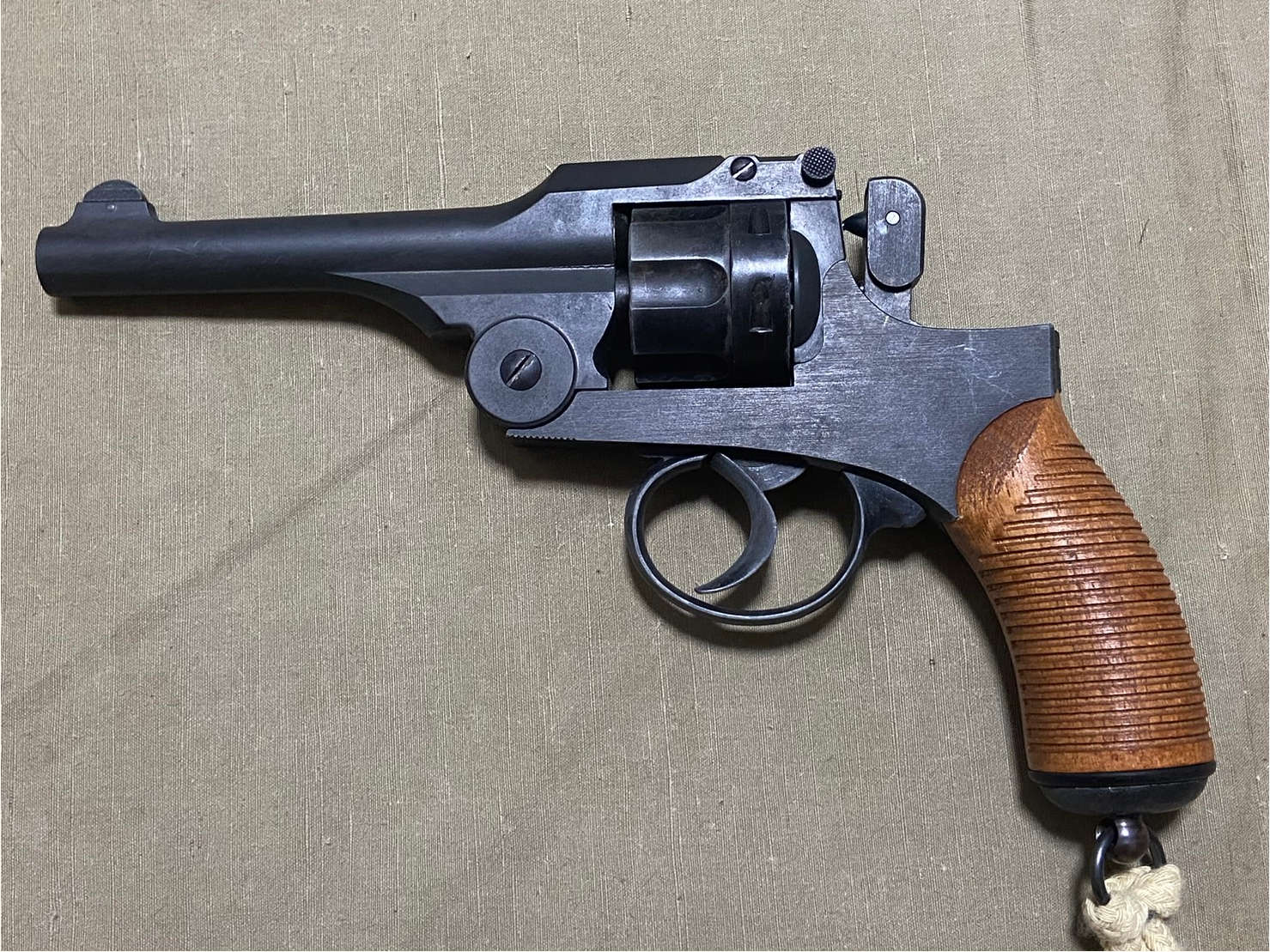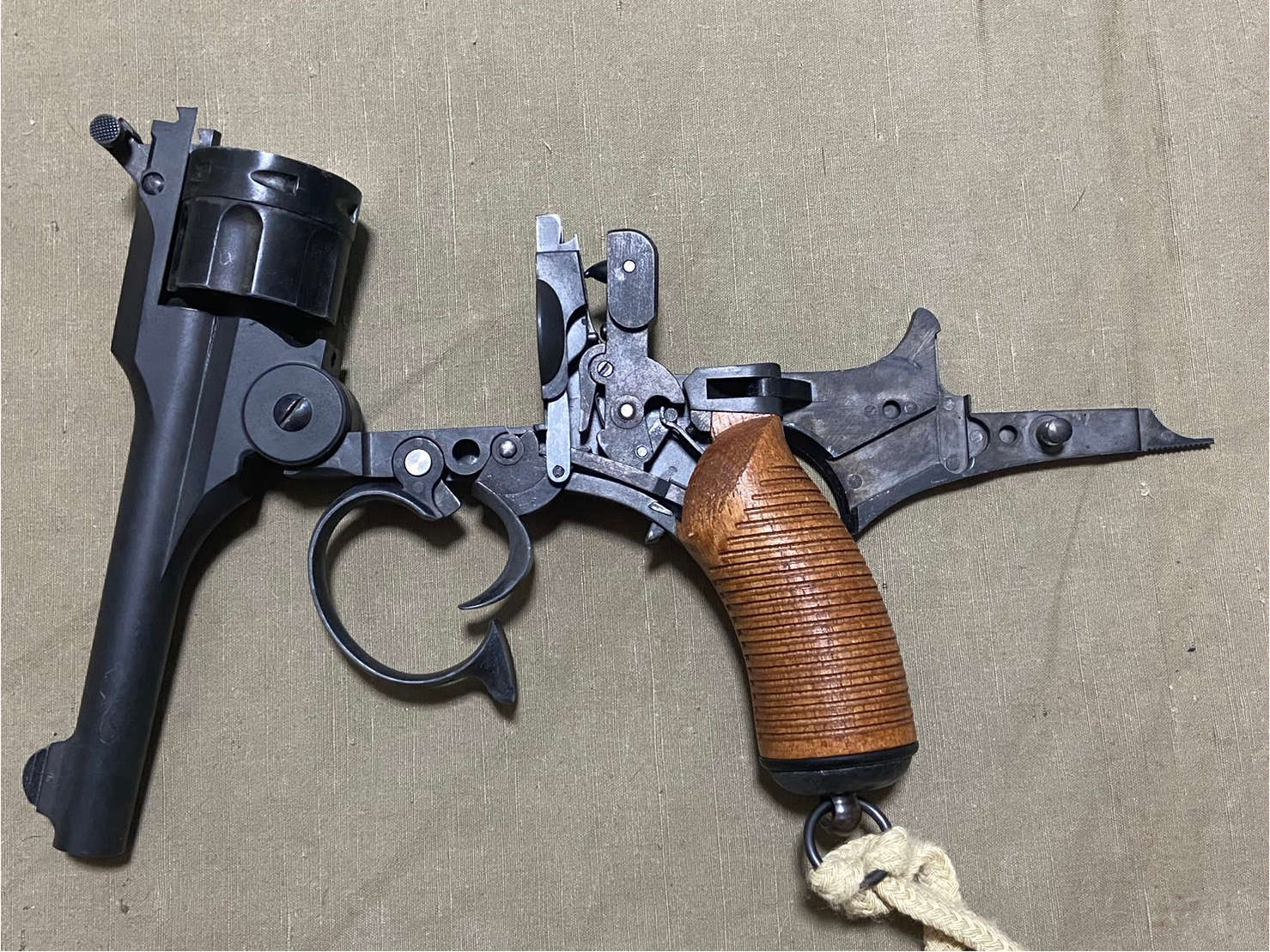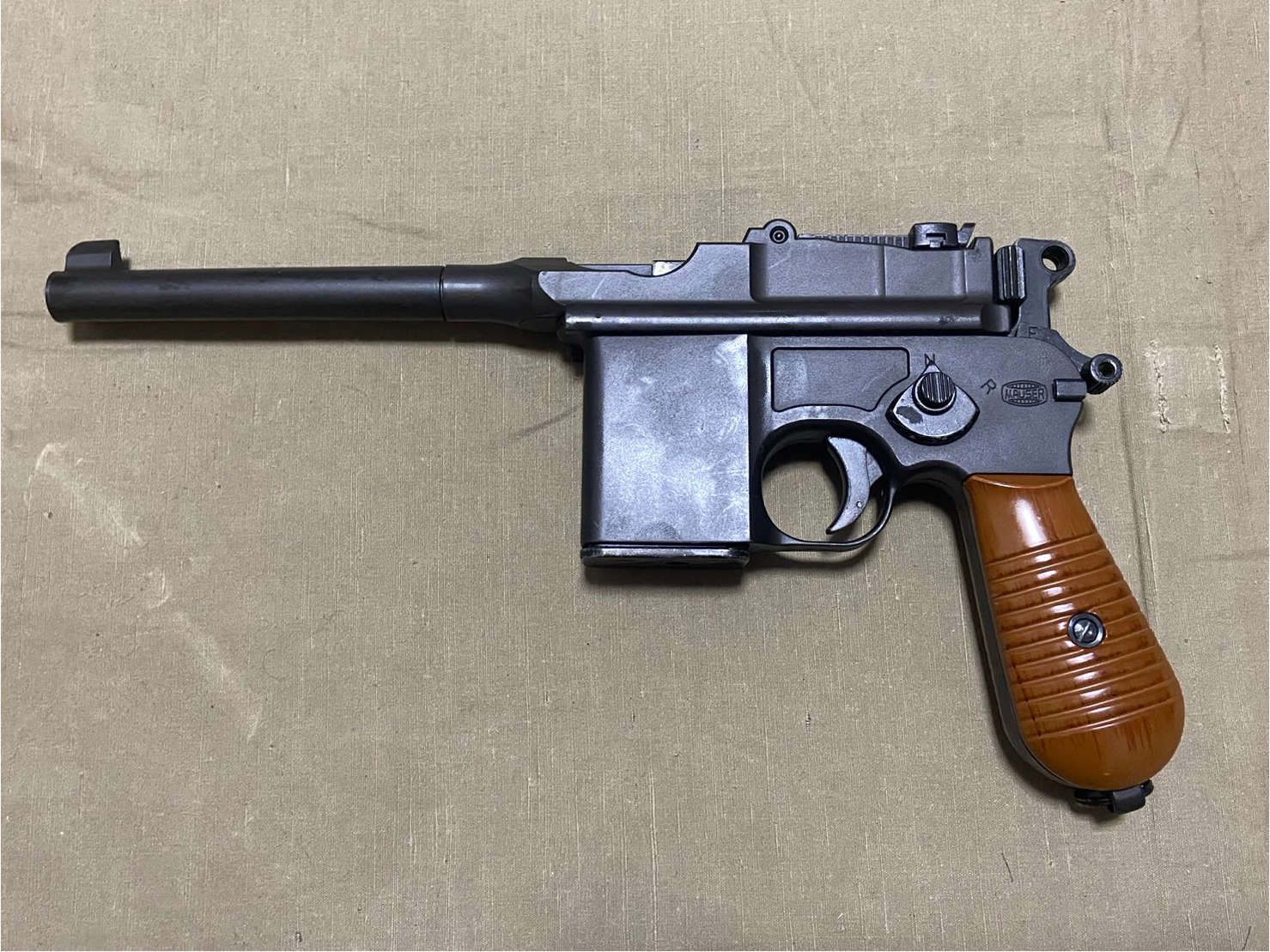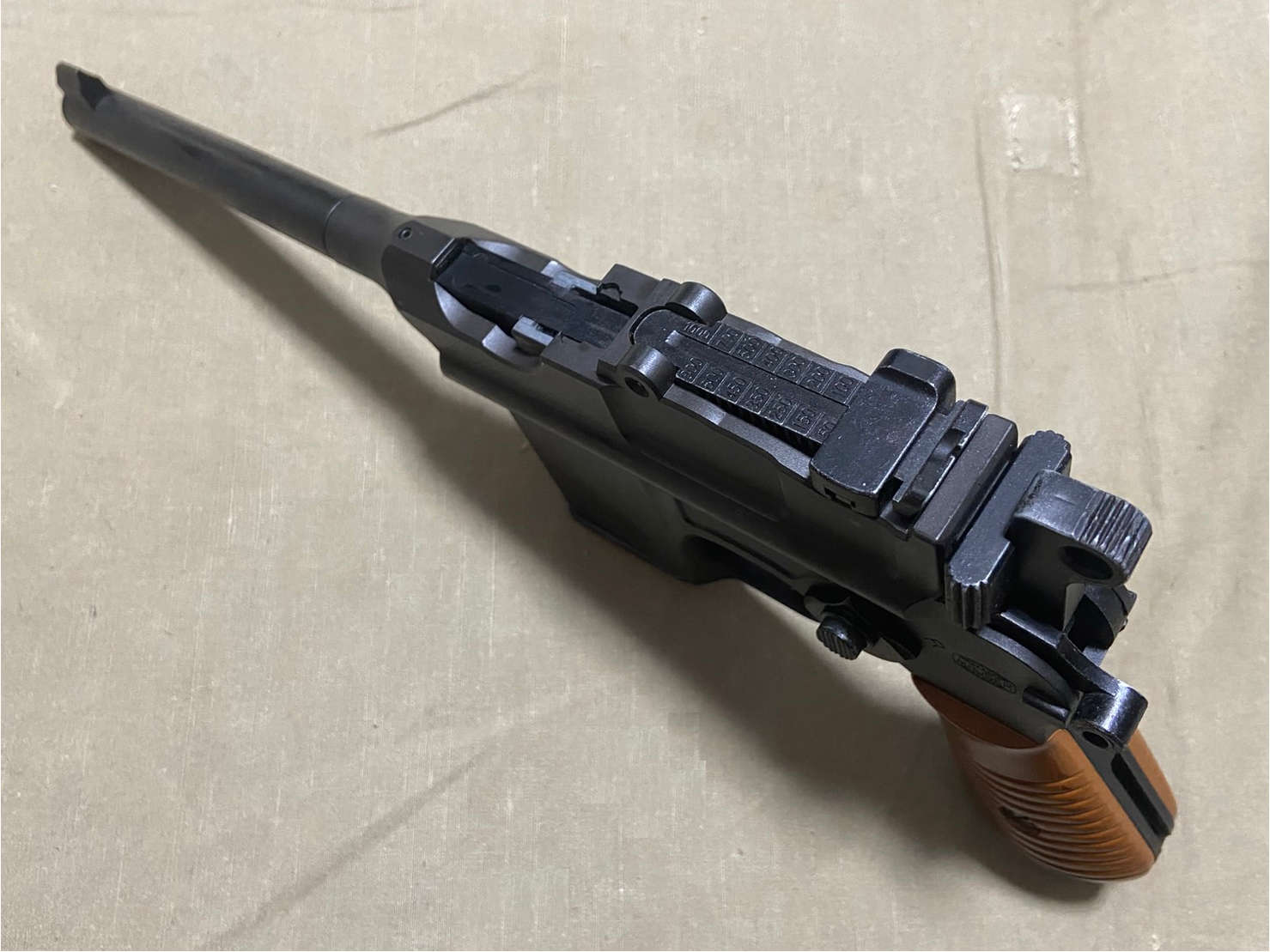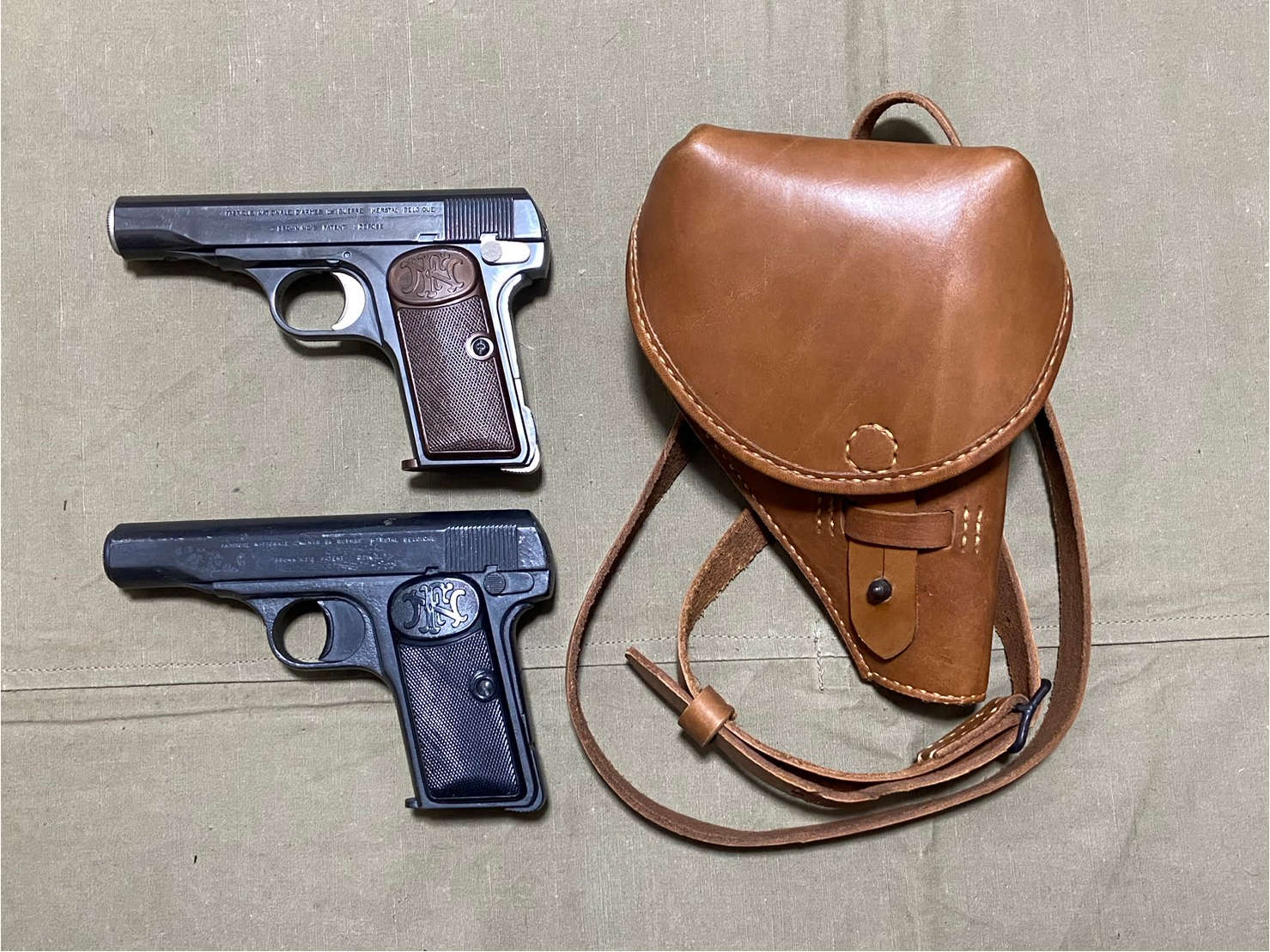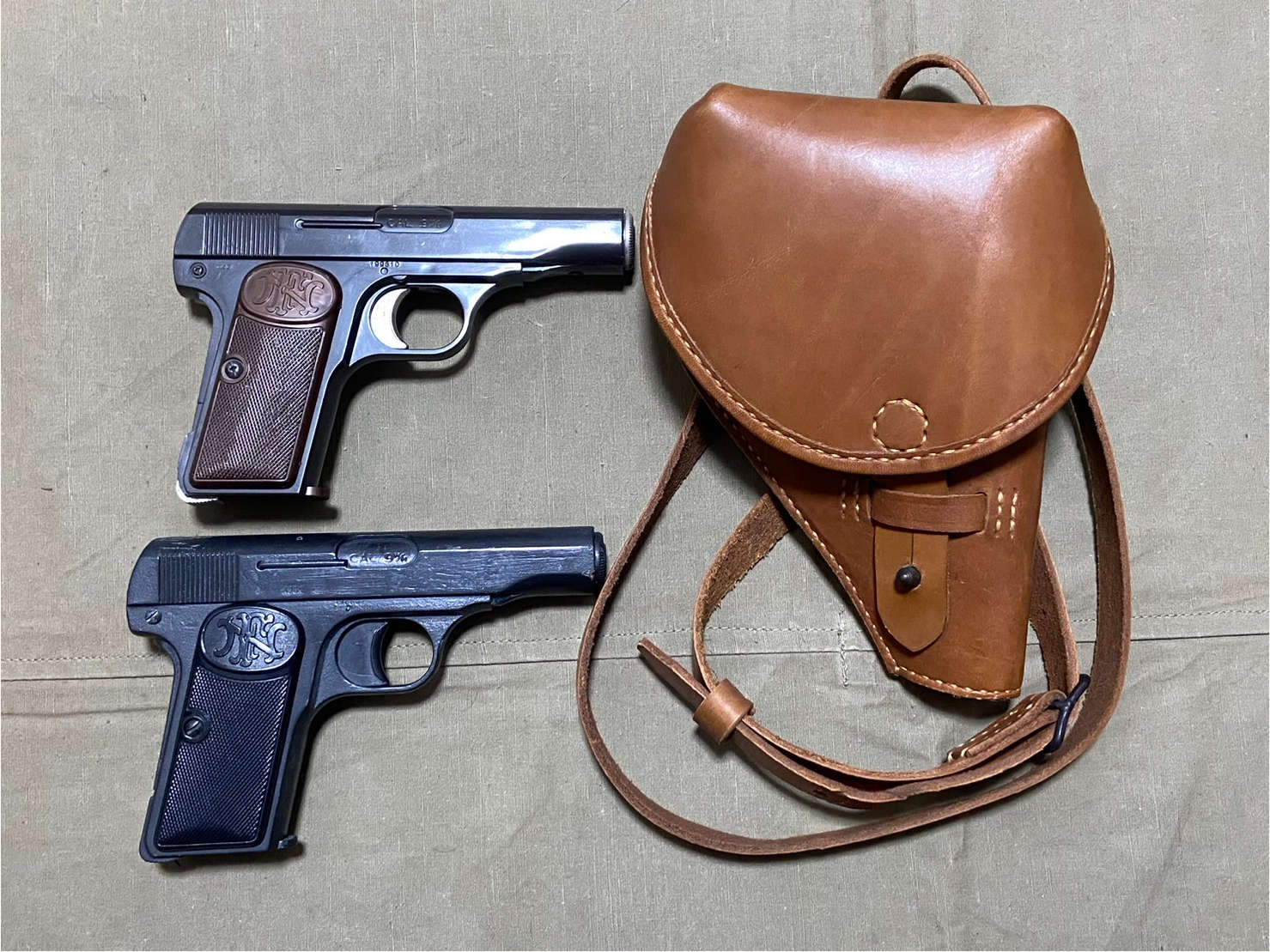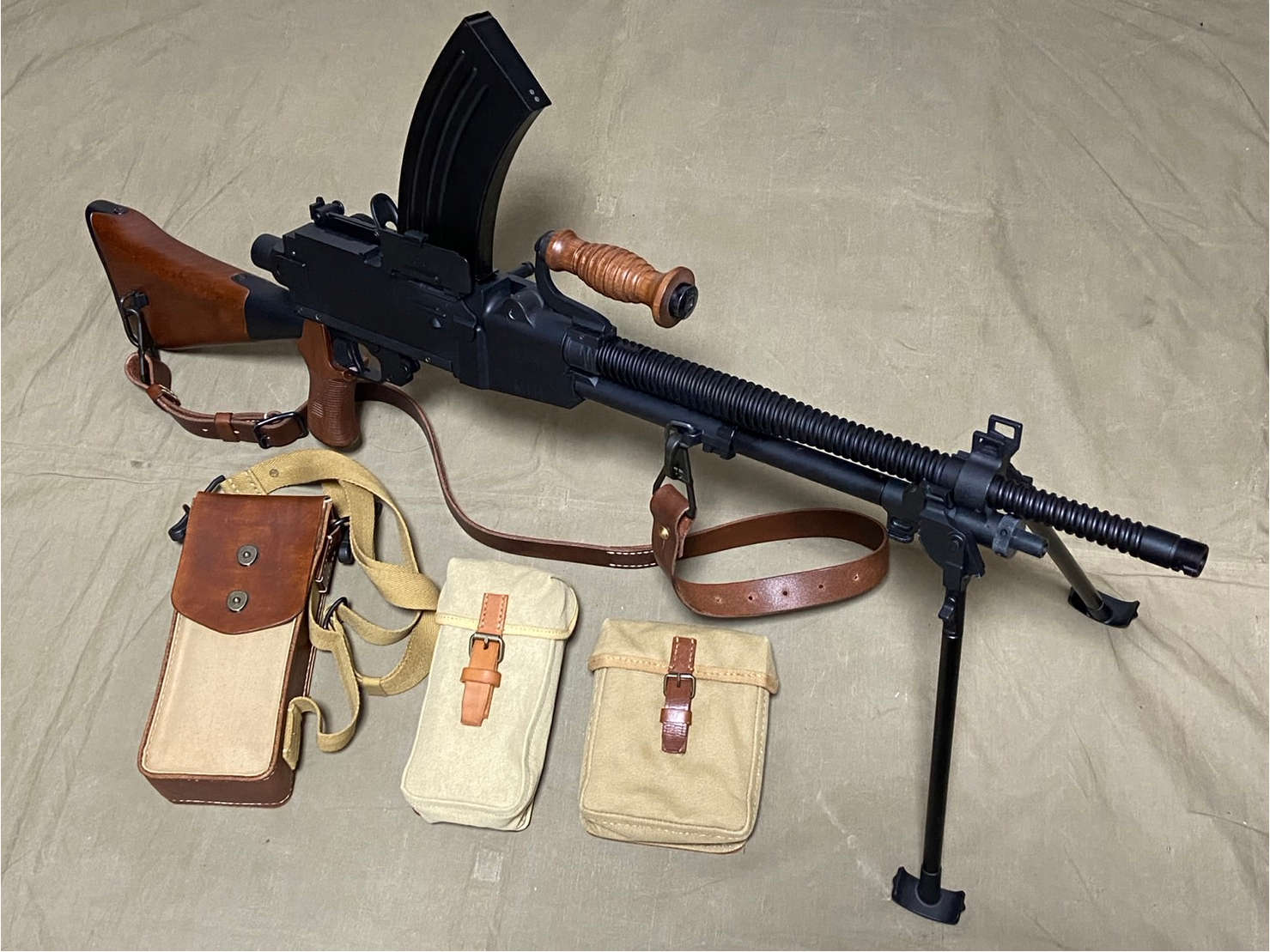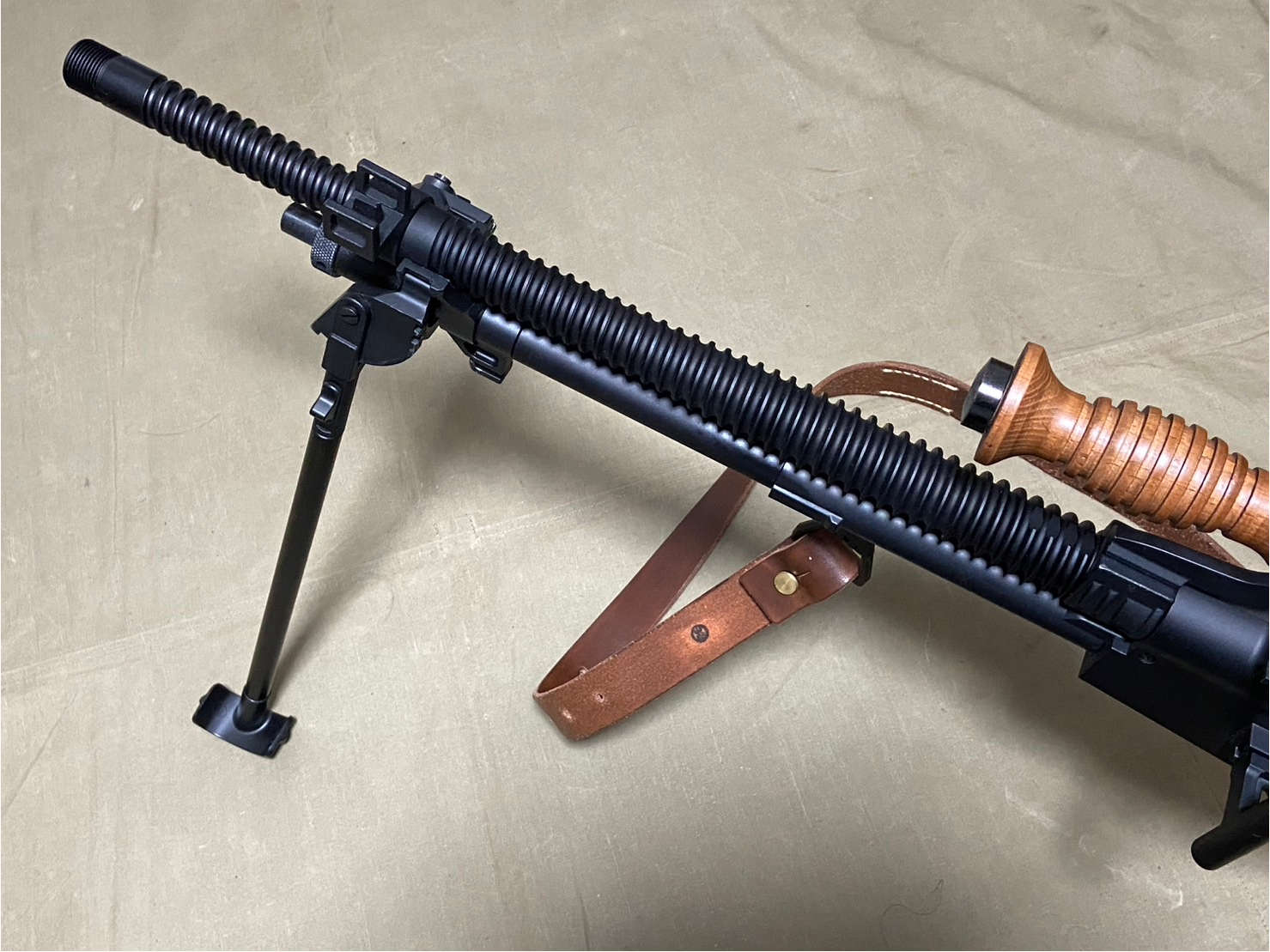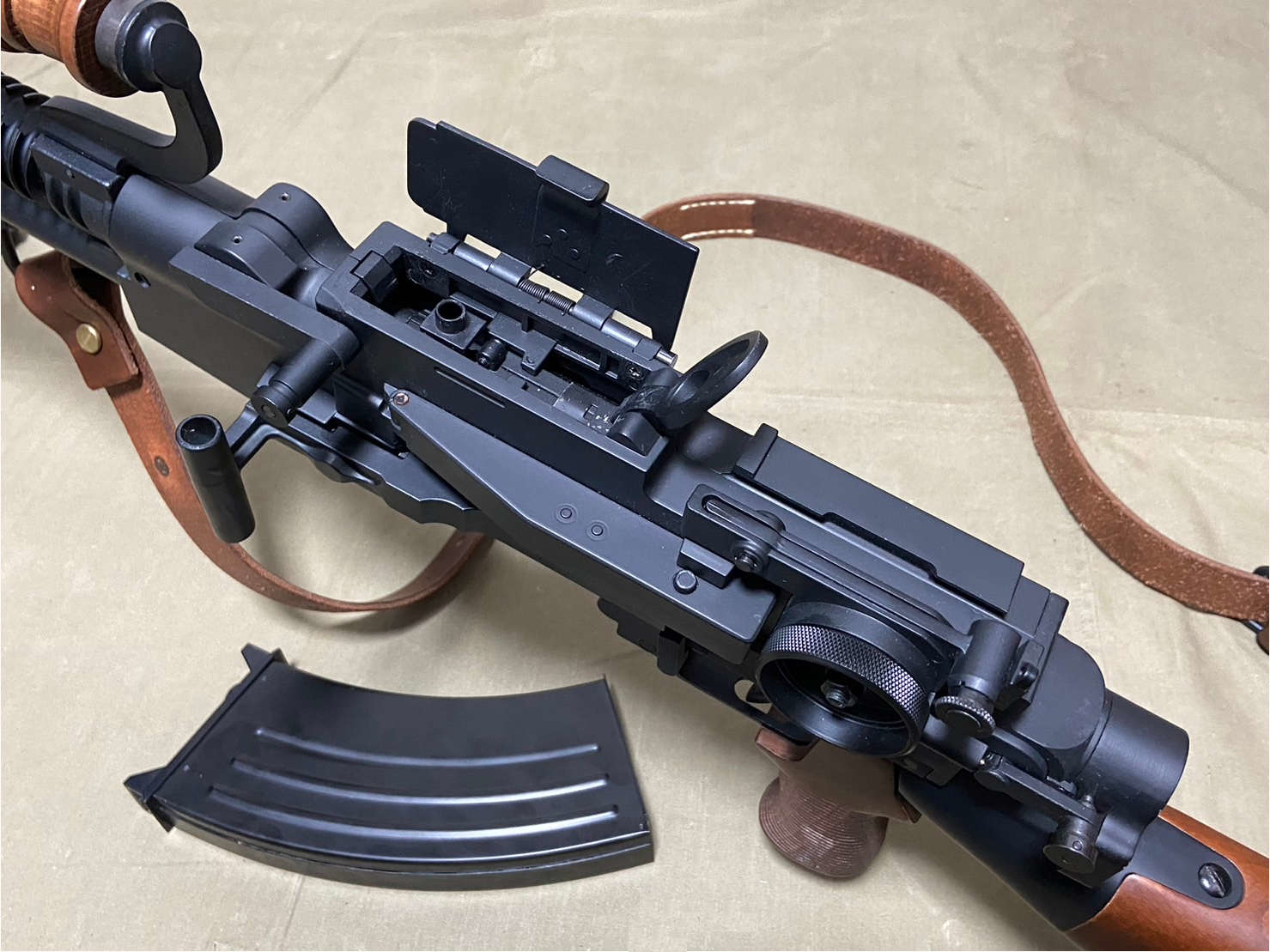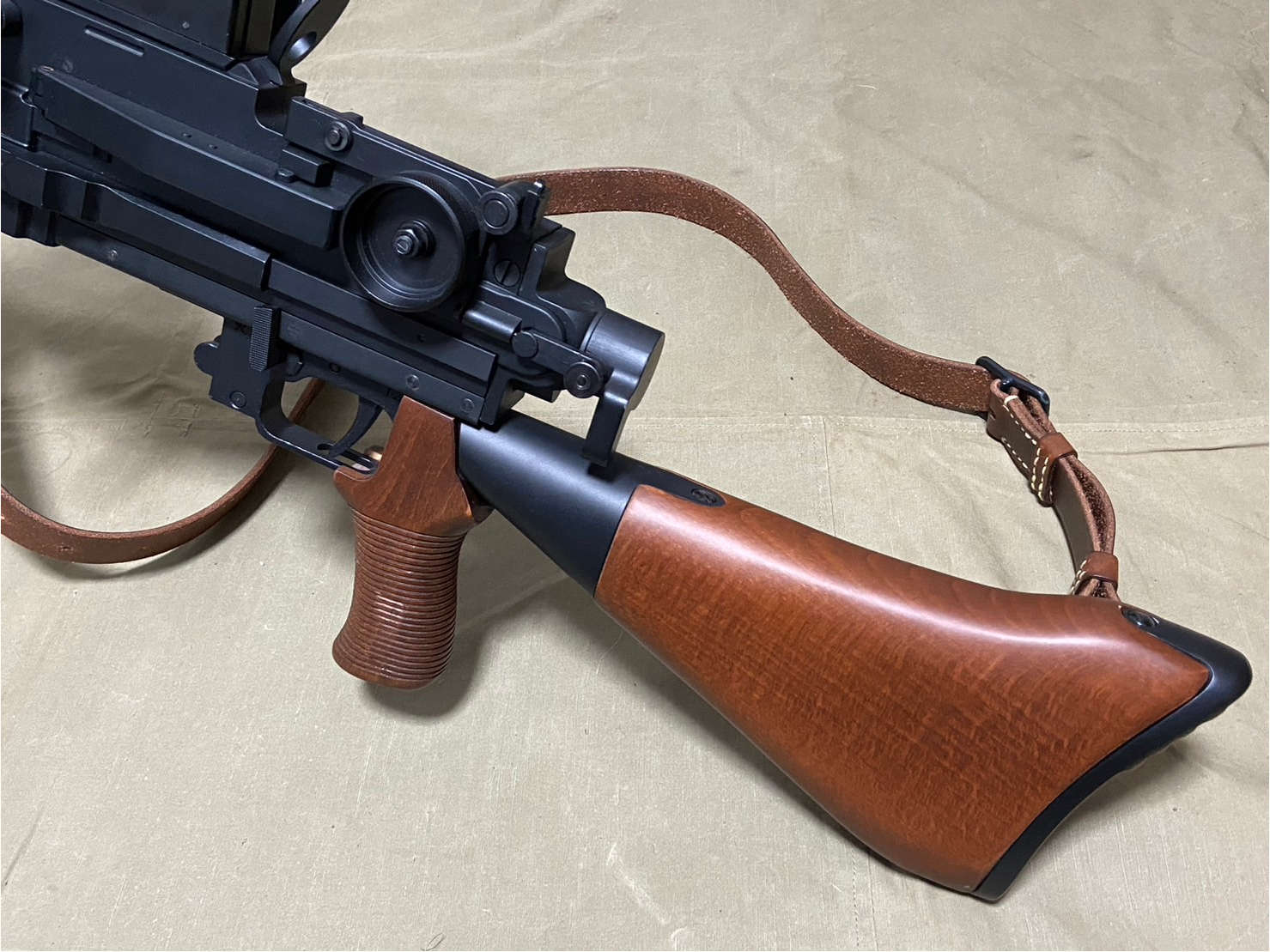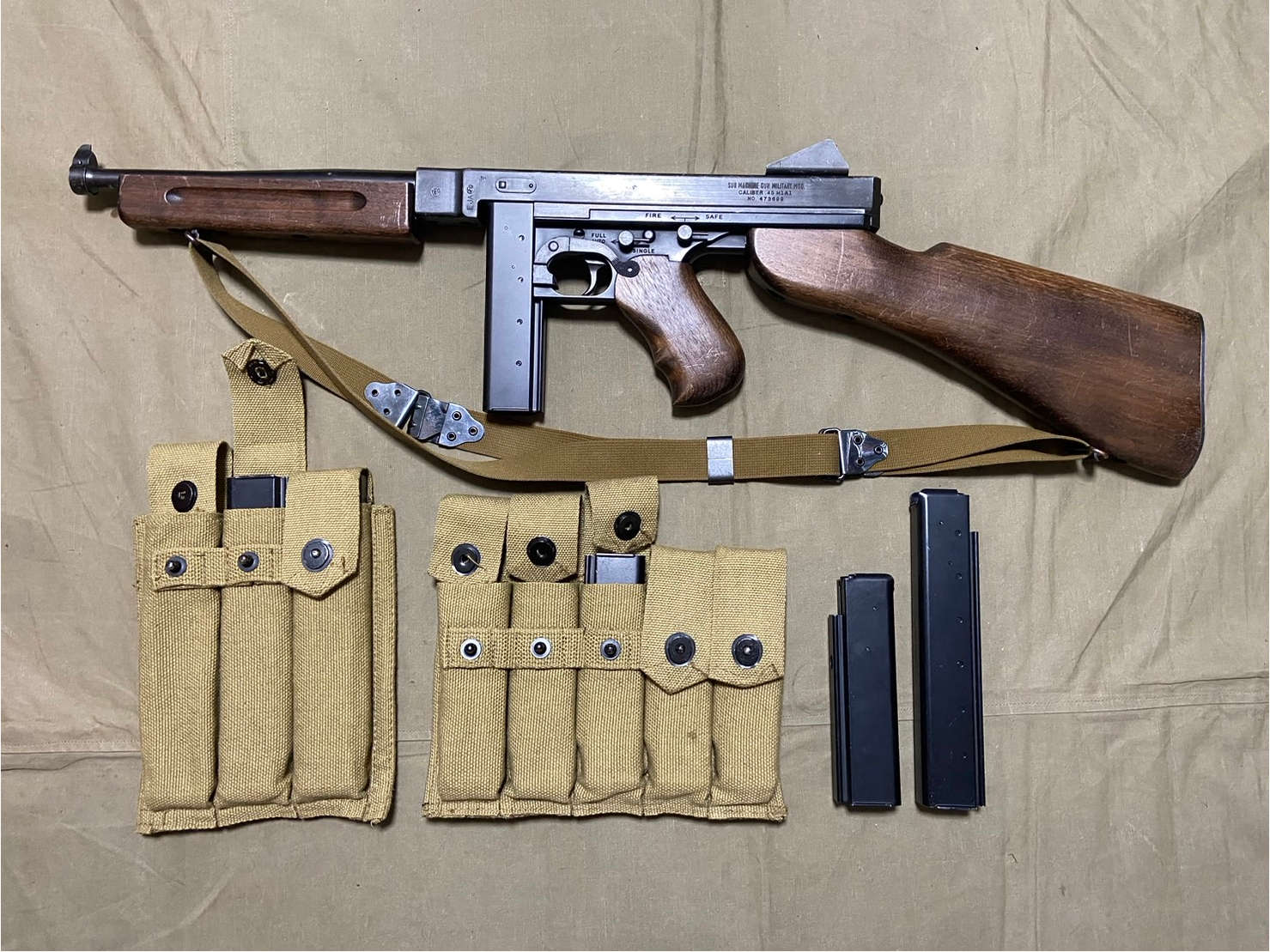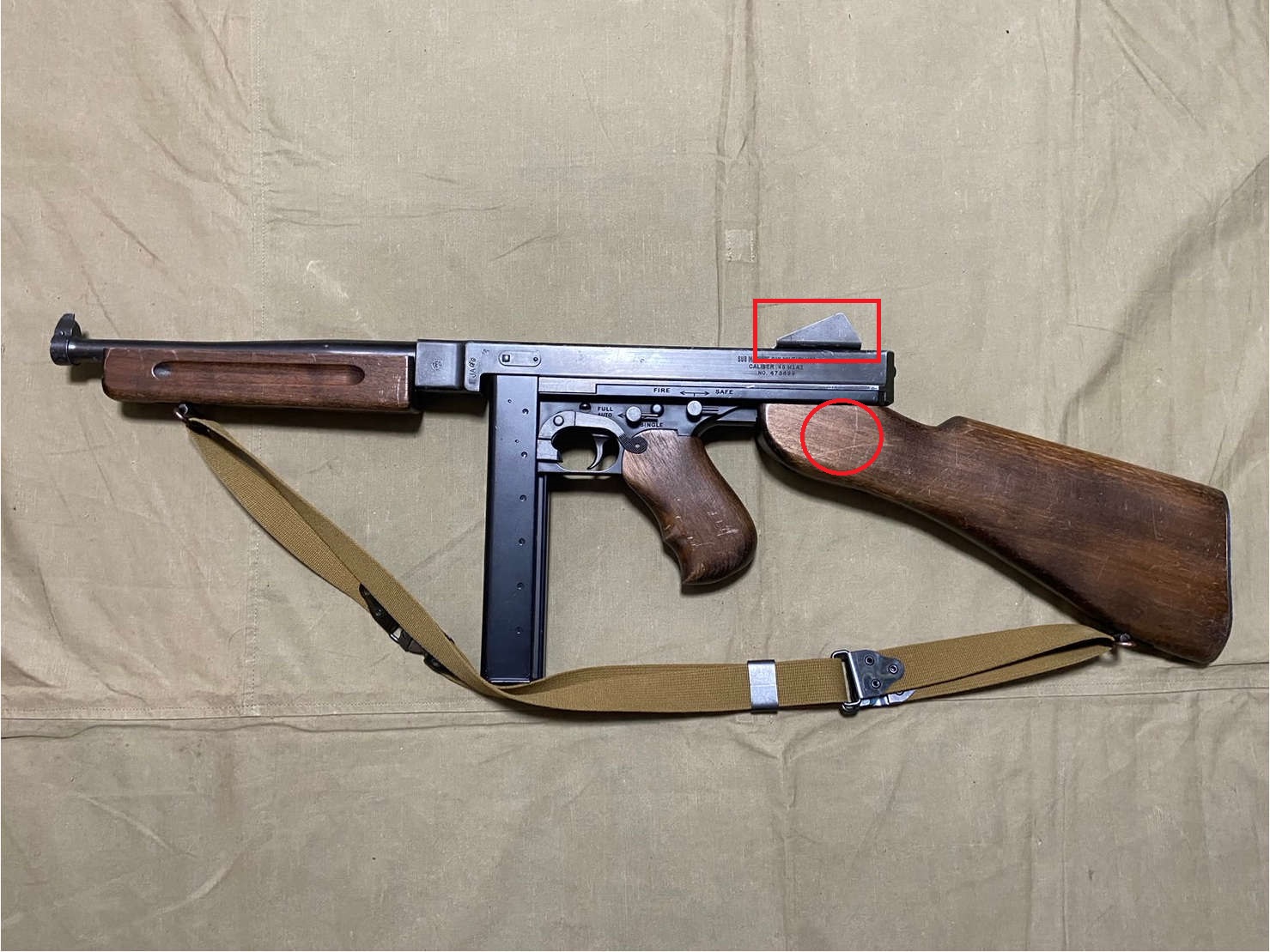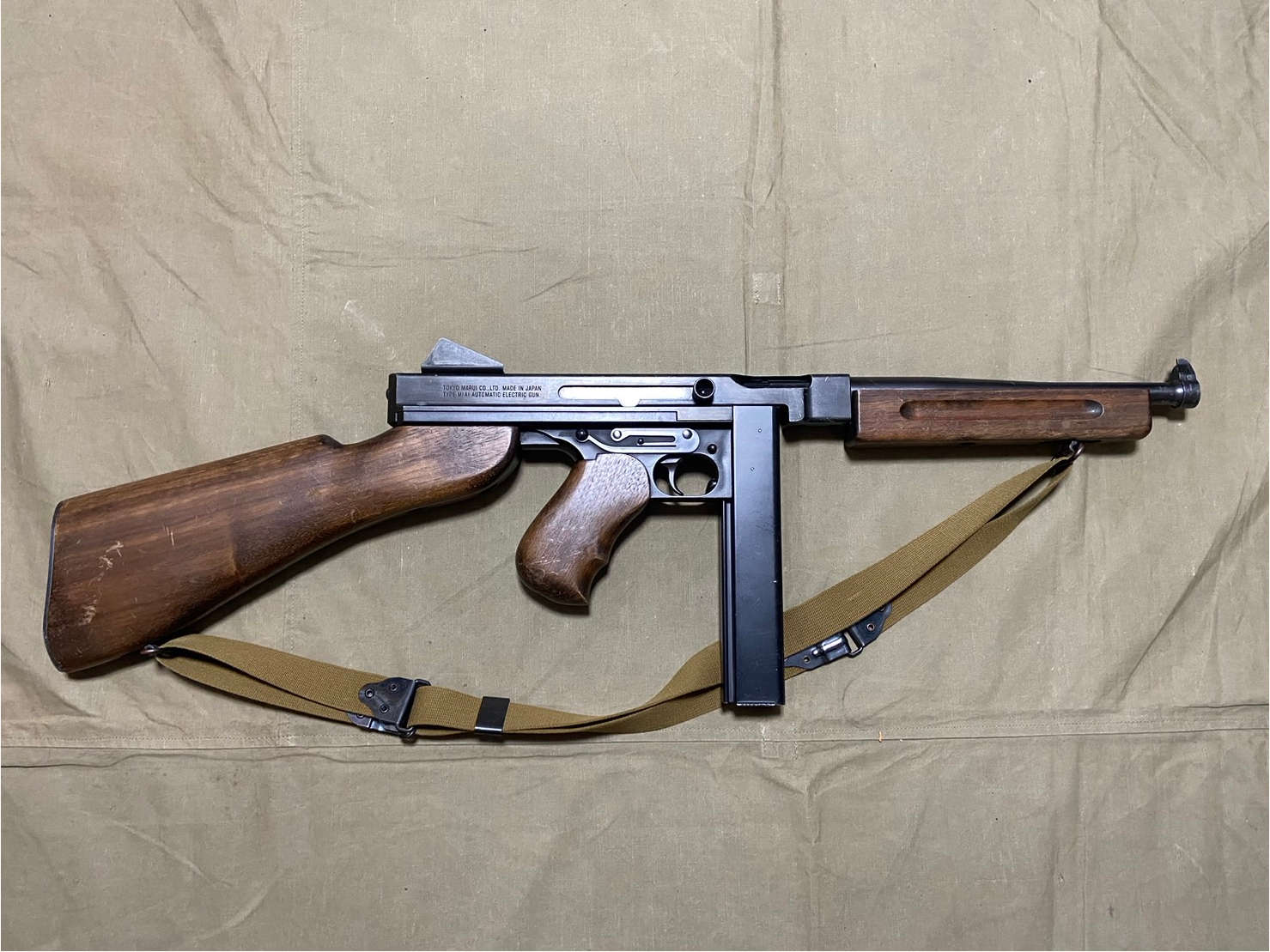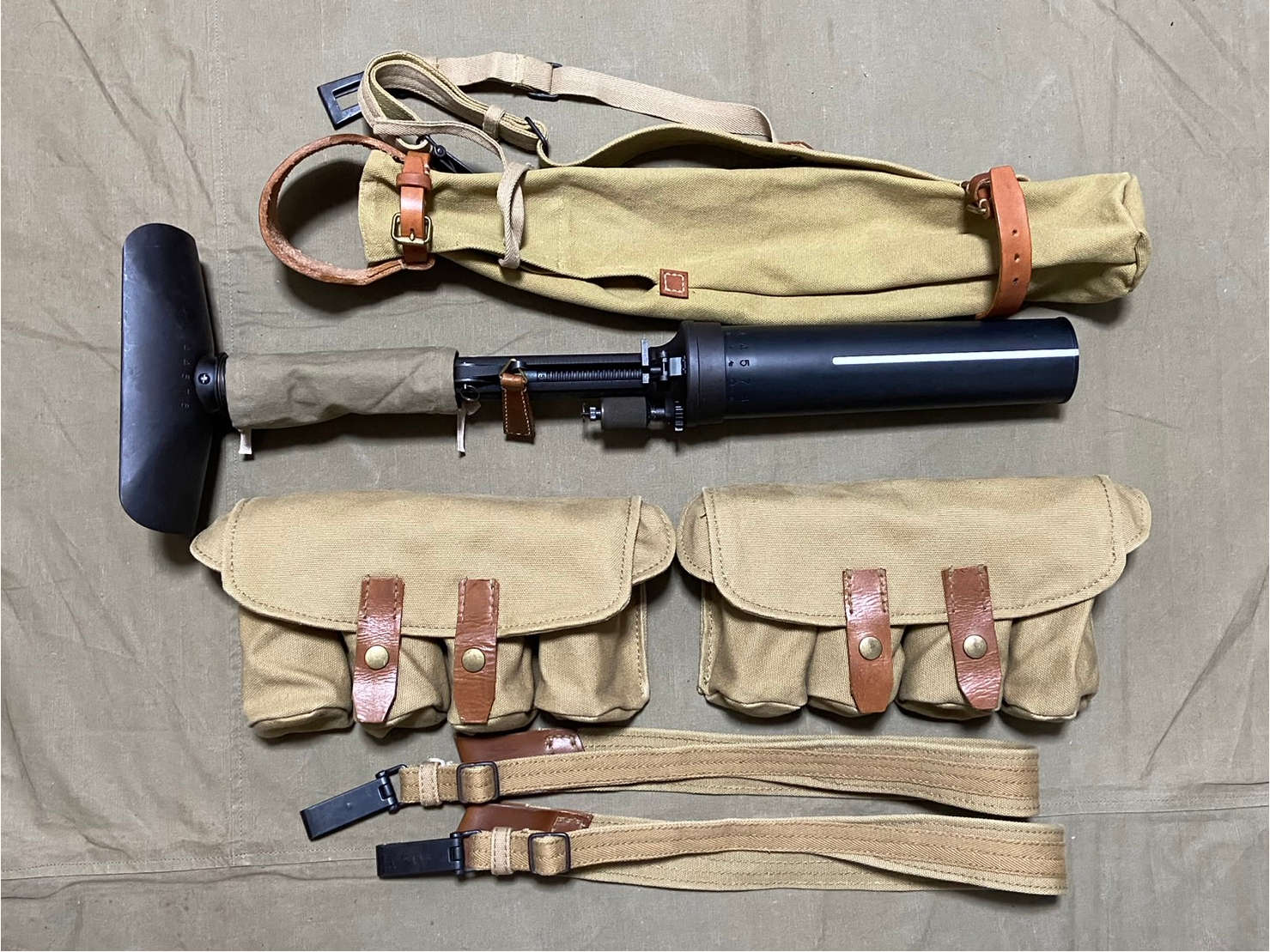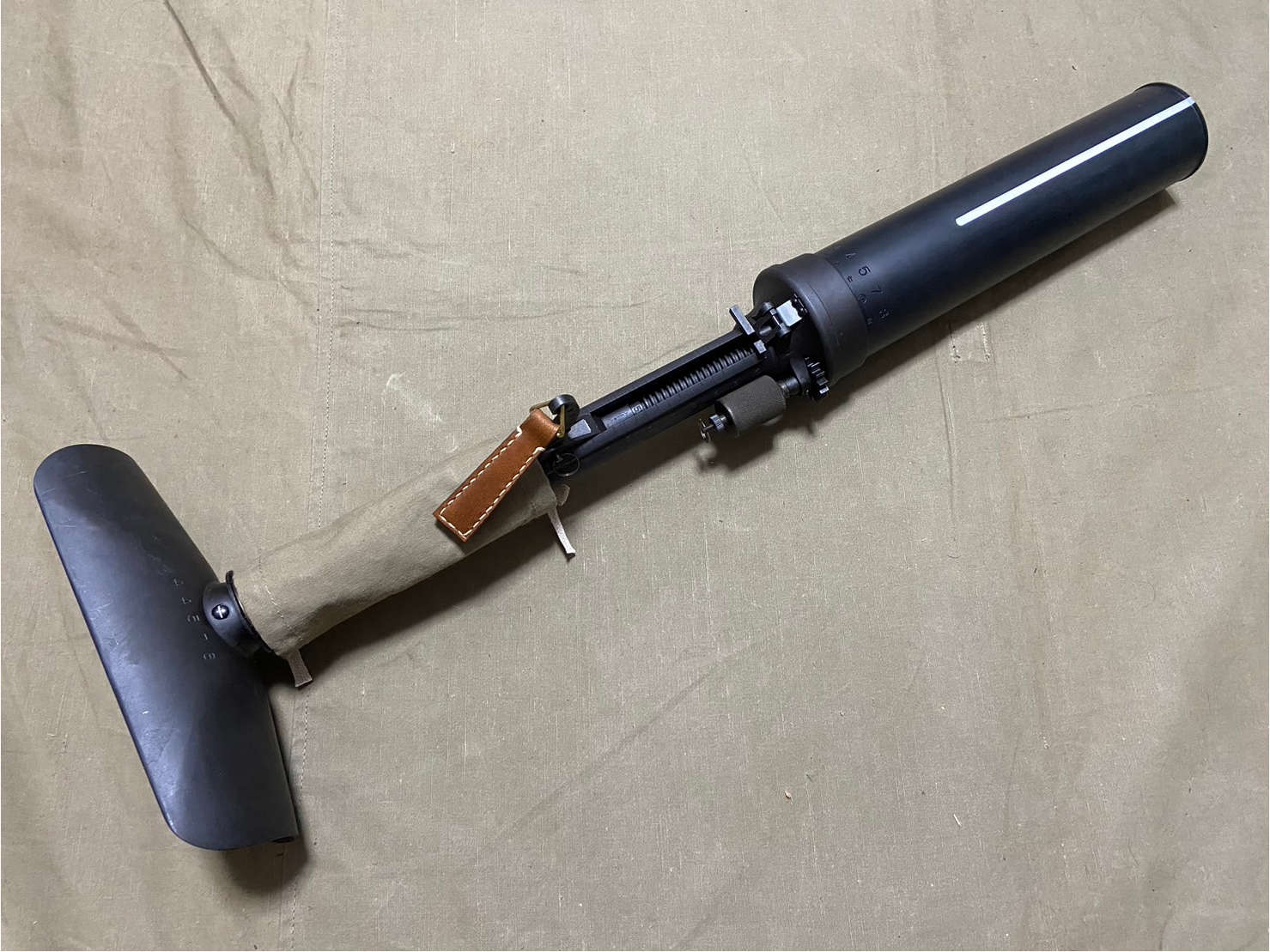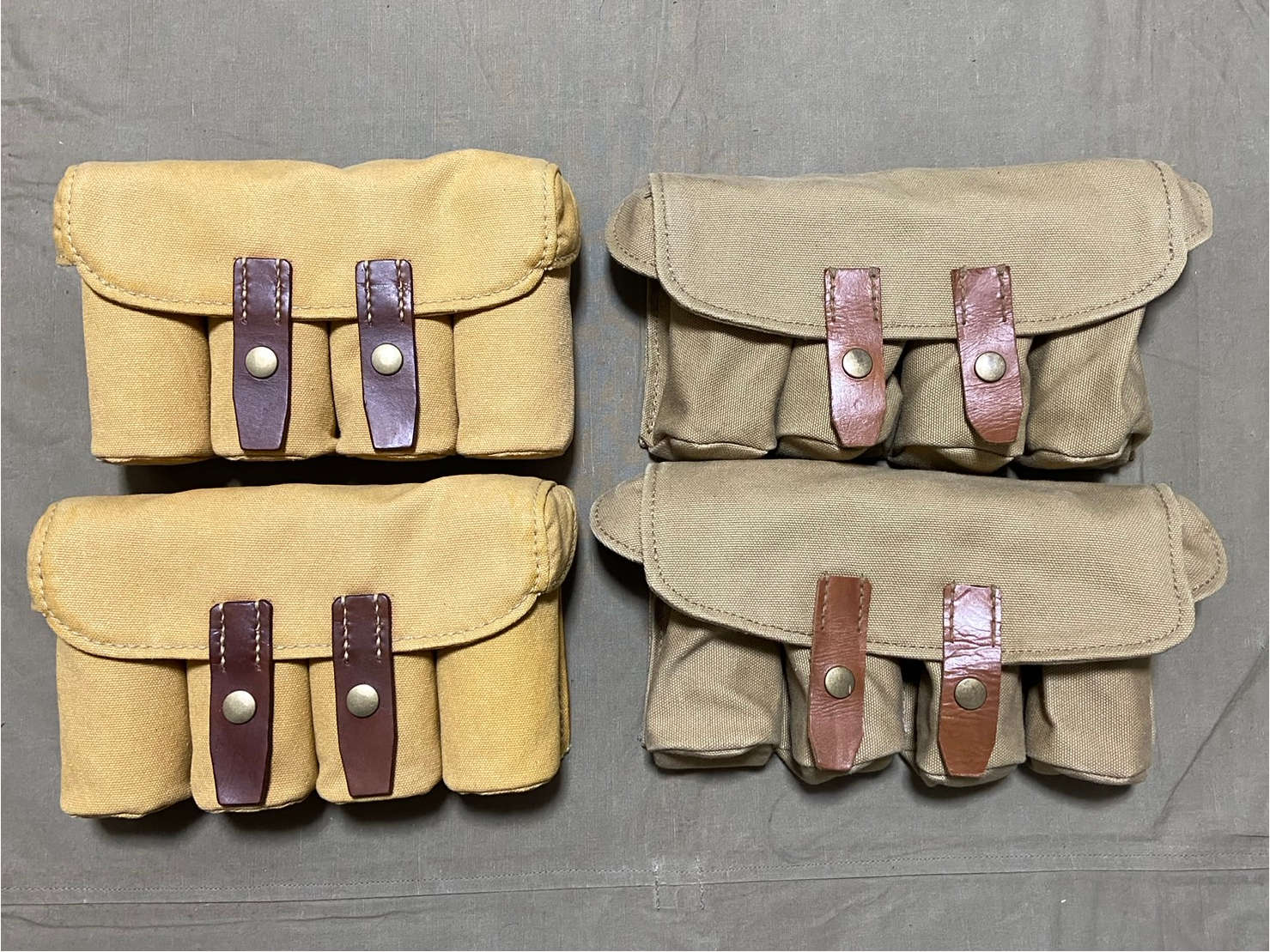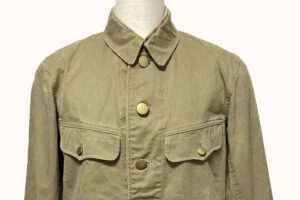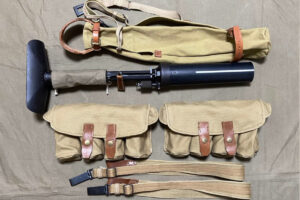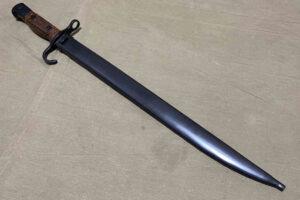As for the most fundamental military attire for Imperial Japanese Army soldiers, I have explained how to gather infantry equipment. This time, I’d like to provide an explanation about essential weapons indispensable for military attire.
In contemporary Japan, it is legally prohibited for civilians, excluding Self-Defense Force personnel and police officers, to possess or carry firearms. However, if one applies and obtains permission from the police, it is possible to possess shotguns or rifles for the purpose of target shooting or hunting, provided it is within the approved scope of use.
In Japan, it is impossible for civilians to possess small firearms such as handguns. The reason for this restriction is likely due to the ease with which small firearms can be concealed, potentially leading to increased criminal activity. Additionally, for shotguns and rifles, those with overall length and barrel length shorter than certain specified dimensions are also not granted permission for possession. By the way, in my 20s to 30s, I had obtained permission for clay pigeon shooting and owned a shotgun at that time.
As mentioned above, in Japan, the possession and carrying of weapons such as guns and swords are severely restricted. While the items that I introduce in this article can be legally possessed in Japan, realistically detailed toy guns may appear entirely “illegal.” Therefore, exercising caution is crucial; carrying or transporting them in public without proper cases may lead to police reports or arrests. Not only firearms but also bladed weapons such as military swords and bayonets are subject to similar regulations in Japan. Additionally, just walking in public while wearing military uniforms can make civilians feel uneasy, leading to potential questioning by police. When you prepare weapons or toy guns for Imperial Japanese soldiers, always adhere to the laws of the area in which you reside.
When it comes to enjoying the military attire of a Japanese soldier, there are primarily three choices:
- Airsoft gun capable of firing BB pellets.
- Model gun replicating actions such as loading and ejection.
- Inoperable live firearm with a disabled live ammunition firing mechanism.
Each approach has its merits, but it seems that many Japanese enthusiasts are leaning towards collecting non-functional real firearms and authentic military gear as their endgame content. In my case, I primarily enjoy airsoft games in military attire, so I collect airsoft guns capable of firing BB pellets. Therefore, I would like to delve into the analysis, taking into consideration the accessibility and practicality of airsoft guns from the perspective of their use in airsoft gaming.
Additionally, all the photos are from my personal collection.
Airsoft Guns for Japanese Military Attire
Until the mid-2010s, airsoft guns of Japanese infantry rifles were limited to those produced by KTW and Tanaka Works. Although their performance was excellent, the prices exceeded 100,000 yen, making them challenging to acquire. As for light machine guns capable of full-auto shooting, there were only expensive options exceeding 300,000 yen. Consequently, obtaining firearms posed a significant obstacle for those wanting to enjoy survival games in the attire of Japanese soldiers.
However, around the late 2010s, the entry of Hong Kong-based S&T significantly improved the issue of firearm accessibility.
Rifles and Carbines
When it comes to standard infantry portable firearms available as airsoft guns, examples include the Type 38 Rifle (Sanpachi-siki Hoheijū/三八式歩兵銃), Type 99 Rifle (Kyūkyū-shiki Tanshōjū/九九式短小銃), and Type 97 Sniper Rifle (Kyūnana-shiki Sogekijū/九七式狙撃銃).
These are produced by multiple manufacturers, each with distinctive features. In this section, I would like to introduce the characteristics of each manufacturer. Considering the versatility as military attire, for the first firearm, I believe choosing the Type 38 Rifle is a safe bet. Despite saying that, the first one I purchased was the Type 97 Sniper Rifle.
- The Type 99 Short Rifle is only available as a gas gun from Tanaka Works (previously also from KTW, but it is now discontinued), making it difficult to obtain.
- The Type 99 Rifle began to be gradually deployed around 1941, but many divisions continued to use the Type 38 Rifle throughout the entire period. Therefore, it is suitable for representing military attire throughout the entire duration. (Excluding considerations for reproducing specific units equipped with the Type 99 Rifle, such as the 14th Division on Peleliu or the 109th Division on Iwo Jima.)
Incidentally, carbines (Kijū/騎銃) were used by cavalry, artillery, engineers, logistics personnel, military police, tank crews, and so on. There are also instances of their use by regular infantry, so it is not prohibited for ordinary foot soldiers to have them.
KTW’s Air Cocking Gun
In terms of actual shooting performance, I believe KTW-manufactured infantry rifles and carbines are the best. The spring is strong, making the lever operation quite heavy, but the initial velocity and accuracy are outstanding. However, the price is also outstanding, ranging around 100,000 yen. By the way, unlike real firearms, the length of the gun doesn’t have much impact on the effective range. Therefore, both infantry rifles and carbines have similar effective ranges.
As drawbacks, it should be noted that the safety device (Anzen-shi/安全子) cannot be operated like a real firearm, and the structure deviates from that of actual guns, preventing the enjoyment of disassembly actions.
KTW products are produced irregularly, and many have been discontinued. Most recently, the Type 38 Infantry Rifle was re-released on January 15, 2024. If you’re interested, don’t hesitate to purchase it when you come across it.
The KTW Type 97 Sniper Rifle was sold without a sniper scope, instead, it came with a mounting base for modern scopes, and it was marketed as the “Type 97 Sniper Rifle Custom”. I purchased the Type 97 Sniper Scope separately from S&T, but since the shape of the mounting base was subtly different, it couldn’t be attached to the KTW Type 97 Sniper Rifle.
The KTW Type 99 Sniper Rifle was released in a limited edition of 200 units in October 2005. The Type 99 Sniper Rifle is based on the Type 99 Short Rifle. I acquired it from another person via Yahoo! Japan Auctions. Although the cleaning rod is missing, it seems to have been used mostly indoors, as it is generally in good condition. I had hoped to replace the missing cleaning rod with the one from the Type 97 Sniper Rifle, but it turned out that the Type 97 rod is too long to fit.
Tanaka Works’ Gas Gun
Tanaka Works has released gas guns such as the Type 38 Infantry Rifle, Type 99 Rifle, Type 38 Carbine, and Type 44 Carbine. To be honest, their initial velocity and ballistic performance are inferior to those of KTW. I also own Tanaka Works’ Type 44 Carbine, but I found it challenging to score hits in airsoft games.
In contrast to KTW, Tanaka Works allows for enjoyable features such as the functioning of the safety device and the ability to extract the bolt like a real firearm, prioritizing the tactile experience over shooting performance. It is more suitable for those who prioritize the handling feel rather than actual shooting capabilities. However, similar to KTW, the price is on the higher side.
Compared to KTW, it’s more readily available with a stable supply. It operates by using magazines filled with gas and bullets. This magazine is common across the Type 38 Infantry Rifle, Type 38 Carbine, and Type 44 Carbine, allowing for interchangeable use.
The Type 44 Carbine is exclusively available from Tanaka Works. Its distinctive feature is the folding bayonet that can be easily deployed with one touch. In the context of airsoft games, long rifles can be cumbersome to handle, so having a carbine proves to be quite useful. When using the carbine, I often pair it with the attire of military police or tank crew.
S&T’s Air Cocking Gun
From the late 2010s to around 2020, Hong Kong based S&T company began releasing airsoft guns such as the Type 38 Infantry Rifle, Type 38 Carbine, and Type 97 Sniper Rifle. This made it possible to acquire infantry rifles at approximately half the price of KTW and Tanaka Works models.
I don’t own any S&T airsoft guns myself, but I had the chance to test-fire one through a friend, and it felt reasonably priced in a positive sense. While its shooting performance may not match KTW, it is not bad by any means. For those who enjoy customizing their equipment, it seems to offer good potential as a material. In the sense of expanding options for enjoying airsoft games with Japanese military themes, I believe it has been a very positive development.
Pistol
When it comes to handguns, there might be an image of officers wearing them for personal defense. However, in specific military branches like military police or tank crews, even non-commissioned officers and soldiers were equipped with handguns for their duties. Even in infantry units, soldiers such as machine gunners or heavy machine gun operators were issued handguns as part of their equipment.
Type 14 Nambu
Marushin offers two types of gas guns for the Type 14 Nambu (Jūyonen-shiki Kenjū/十四年式拳銃, This pistol is not referred to as “Nambu” in its official Japanese name.), representing the early and late models. It is permissible for both soldiers, non-commissioned officers, and officers to possess them. Among airsoft of the pistols used by Japanese soldiers, Marushin’s Type 14 Nambu is considered the most readily available.
Its actual shooting performance is quite good, and it is easy to hit the target with a very predictable trajectory. However, being a gas gun, it becomes unusable when the temperature drops below 20°C (68°F). It can be used by carrying the magazine in a pouch with a hand warmer or other heat source to keep it warm.
In the past, Tokyo Marui released an air cocking Type 14 Nambu. It is now out of production, and occasionally, you may come across it on platforms like Yahoo! Japan Auctions. However, I believe there is no real necessity to acquire it unless you have reasons beyond nostalgic sentiments.
Type 26 Revolver
The Type 26 revolver (Nijūrokunen-siki Kenjū/二十六年式拳銃) is a double-action revolver adopted as the standard issue in 1893 (Meiji 26). Hartford has released a gas gun model of it, but production is limited, making it somewhat challenging to obtain. Occasionally, used items may appear on Yahoo! Japan Auctions.
One notable feature is the ability to disassemble it just like the real firearm, allowing you to enjoy its various mechanisms. The ballistic performance is straightforward, making it easy to hit targets. However, with a magazine capacity of only six rounds, mirroring the real counterpart, it may not have many opportunities to shine in airsoft games.
Mauser M712
This is a large German-made military pistol. Although it was not an official weapon of the Japanese military, it was extensively used by the Chinese forces. There are instances where non-commissioned officers and soldiers confiscated and utilized it. There is also the possibility that officers used it as their personal sidearm.
The Mauser M712 has a gas gun version released by Marushin. Similar to the actual firearm, it is an interesting gun capable of full-auto firing. However, due to structural issues, it may unintentionally switch to full-auto mode while firing in semi-auto. To prevent unintended bursts, it is possible to control the firing by pulling the trigger firmly, one shot at a time.
FN Model 1910
As an extra addition, I also have a Browning 1910, so let me introduce it to you. In Japan, commonly known as the “Browning pistol,” it was highly popular as a personal defense handgun among officers and non-commissioned officers.
The one at the top is the Academy air-cocking model, and the one at the bottom is the Replica1 gas gun (released in 1988). Both are products from around 1990, so they are quite old and likely only available second-hand. I’ve repaired them to ensure they can fire, but using them in actual airsoft games would be challenging.
Light Machine Gun
Depending on the era and circumstances, typically one light machine gun was deployed per squad. In the case of the Type 96 or Type 99 Light Machine Guns, they were operated by four squad members in reality.
For the Japanese military, which had fewer automatic firearms, having light machine guns provided a significant boost in combat effectiveness. Even in airsoft games, if operated by a minimum of two personnel, a shooter and a loader, the light machine gun can demonstrate considerable firepower.
Type 96 Light Machine Gun
The Type 96 Light Machine Gun (Kyūroku-shiki Kei-kikanjū/九六式軽機関銃) was released by KTW in 2009 but has since been discontinued. It was a fairly expensive electric gun, costing over 300,000 yen at the time. Just like the real Japanese military, airsoft gamers reenacting the Japanese military, who had limited access to automatic firearm replicas, considered owning this electric gun as a status symbol.
In such circumstances, in 2019, S&T released a new electric gun replica of the Type 96 Light Machine Gun. Priced at 120,000 yen, it was not cheap by any means, but considering KTW’s pricing, it was a bargain. With the release of S&T’s Type 96 Light Machine Gun, it became easier to recreate machine gunners, and the supply of replicas such as ammunition pouches and cleaning kits pouches for light machine guns increased.
Type 99 Light Machine Gun
The Type 99 Light Machine Gun (Kyūkyū-shiki Kei-kikanjū/九九式軽機関銃) was produced by KTW in 2010, but production has since been discontinued.
Although S&T has not released a Type 99 Light Machine Gun, the basic structure of the Type 96 and Type 99 is quite similar. Therefore, there is a possibility that a Type 99 airsoft gun may be released in the near future. The most notable external feature is the cone-shaped flash hider attached to the muzzle. So, it is possible to make the Type 96 resemble the Type 99 by attaching a separately sold flash hider designed for the Type 99.
Brno ZB vz.26
The ZB vz.26 is a light machine gun developed in Czechoslovakia in 1926. Those used by the Chinese military were captured in large quantities by the Japanese military and utilized.
Airsoft gun of the ZB vz.26 is produced by Arrow Dynamic and is priced at around 60,000 yen. Until the release of S&T’s Type 96 Light Machine Gun, it was the most readily available light machine gun for use in survival games featuring Japanese military equipment.
I don’t personally own one, so I can’t speak to its shooting performance, but based on online reviews, it seems that compared to Japanese-made airsoft guns, the ZB vz.26 may be more difficult to adjust and fine-tune.
Others
Thompson Submachine Gun
The Thompson was a user-friendly submachine gun, which led to numerous cases of Japanese soldiers capturing and using them from enemy forces on the actual battlefield. For use in airsoft games, Tokyo Marui’s version is recommended. Priced in the 30,000 yen range, it’s affordable, offers good shooting performance, and can be used straight out of the box. Some overseas-made airsoft guns require adjustment before they can shoot properly, making Tokyo Marui’s products a reassuring choice even for beginners.
Above all, being an electric gun capable of full-auto shooting, its practicality in airsoft games is unparalleled. Particularly in non-World War II themed games, it’s undeniable that relying solely on Japanese infantry rifles would result in insufficient firepower.
The model produced by Tokyo Marui is called the M1A1, primarily used by the US military. Its distinctive feature is the box-shaped magazine. The M1A1 would be suitable for reenacting units of the Japanese military facing off against US forces on islands in the southern regions or in Okinawa.
By the way, besides Tokyo Marui, other overseas manufacturers also produce airsoft guns modeled after the Thompson. The M1928, featuring a drum magazine, was mainly used by the British military. Therefore, it would be suitable for reenacting units in the Singapore and Burma.
Type 89 Grenade Discharger
CAW used to sell the Type 89 Grenade Discharger, which was a light mortar used by the Japanese military. There is an anecdote that American soldiers, mistakenly believing it was meant to be fired from the knee, nicknamed it the “Knee Mortar”.
It became discontinued a long time ago, and nowadays it’s extremely rare to find one even occasionally listed on Yahoo! Japan Auctions. Even if one does appear, it’s likely to be traded at a very high price. Around 2015, it was so scarce that it would appear only once every six months or so. I wanted one myself, and I had to go through some trouble to gather a complete set of equipment such as the carrying pouch and ammunition pouches. Recently, Dekunobou has been making ammunition pouches, and they are of very high quality, so I also got ones.
CAW’s Type 89 Grenade Discharger uses a Moscart to launch BB pellets. It requires some practice, and hitting enemies during games can be quite challenging.
Summary
| WEAPON | MANUFACTURER | POWER SOURCE | PRICE | MEMO |
|---|---|---|---|---|
| Type 38 Rifle | KTW | Air | 10,0000 Yen | |
| Type 38 Rifle | Tanaka Works | Gas | 50,000 Yen | |
| Type 38 Rifle | S&T | Air | 50,000 Yen | |
| Type 99 Rifle | Tanaka Works | Gas | 100,000 Yen | |
| Type 97 Sniper Rifle | KTW | Air | 120,000 Yen | No scope, out of stock. |
| Type 97 Sniper Rifle | S&T | Air | 100,000 Yen | Scopes are sold separately, but they are not compatible with KTW. |
| Type 38 Rifle | KTW | Air | 10,0000 Yen | Out of stock, occasionally produced. |
| Type 38 Carbine | Tanaka Works | Gas | 90,000 Yen | |
| Type 38 Carbine | S&T | Air | 50,000 Yen | Out of stock, occasionally produced. |
| Type 44 Carbine | Tanaka Works | Gas | 120,000 Yen | |
| Type 14 Nambu | Marushin | Gas | 30,000 Yen | There are early and late models. |
| Type 26 Revolver | HARTFORD | Gas | 30,000 Yen | Out of stock, occasionally produced. |
| Mauser M712 | Marushin | Gas | 30,000 Yen | Out of stock, occasionally produced. |
| Type 96 LMG | KTW | Battery | 338,000 Yen | Out of production. |
| Type 96 LMG | S&T | Battery | 120,000 Yen | Out of stock, occasionally produced. |
| Type 99 LMG | KTW | Battery | 358,000 Yen | Out of production. |
| Brno ZB vz.26 | ARROW DYNAMIC | Battery | 60,000 Yen | |
| Thompson M1A1 | Tokyo Marui | Battery | 35,800 Yen | |
| Type 89 Grenade Discharger | CAW | Moscart | The market value | Out of production. Occasionally available second-hand. |
Footnote
- “Replica” was a wholesaler of toy guns that existed in the past, with Marushin actually handling the manufacturing. ↩︎
